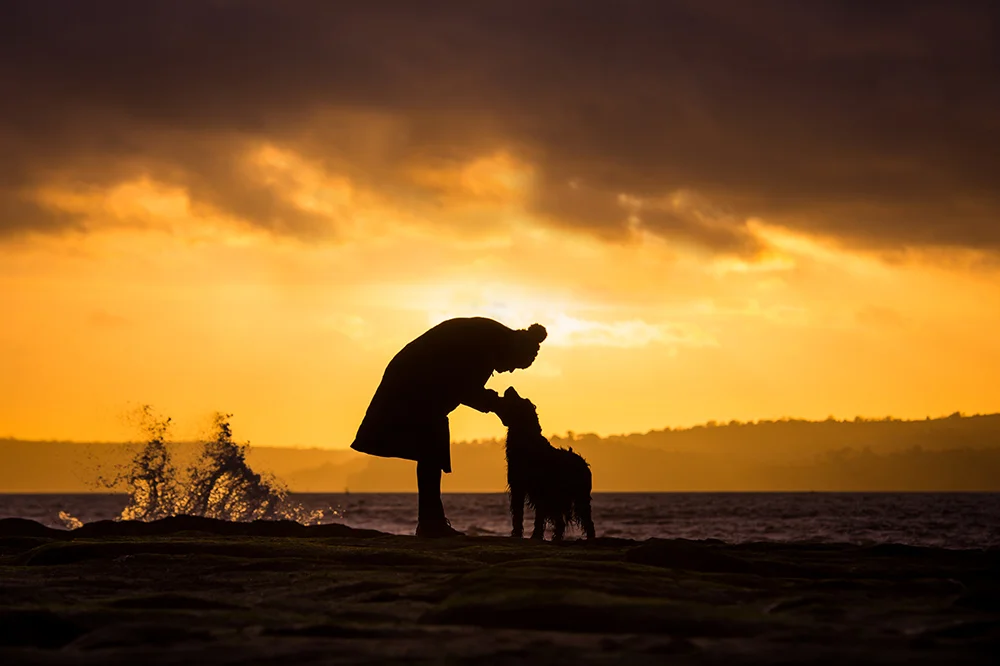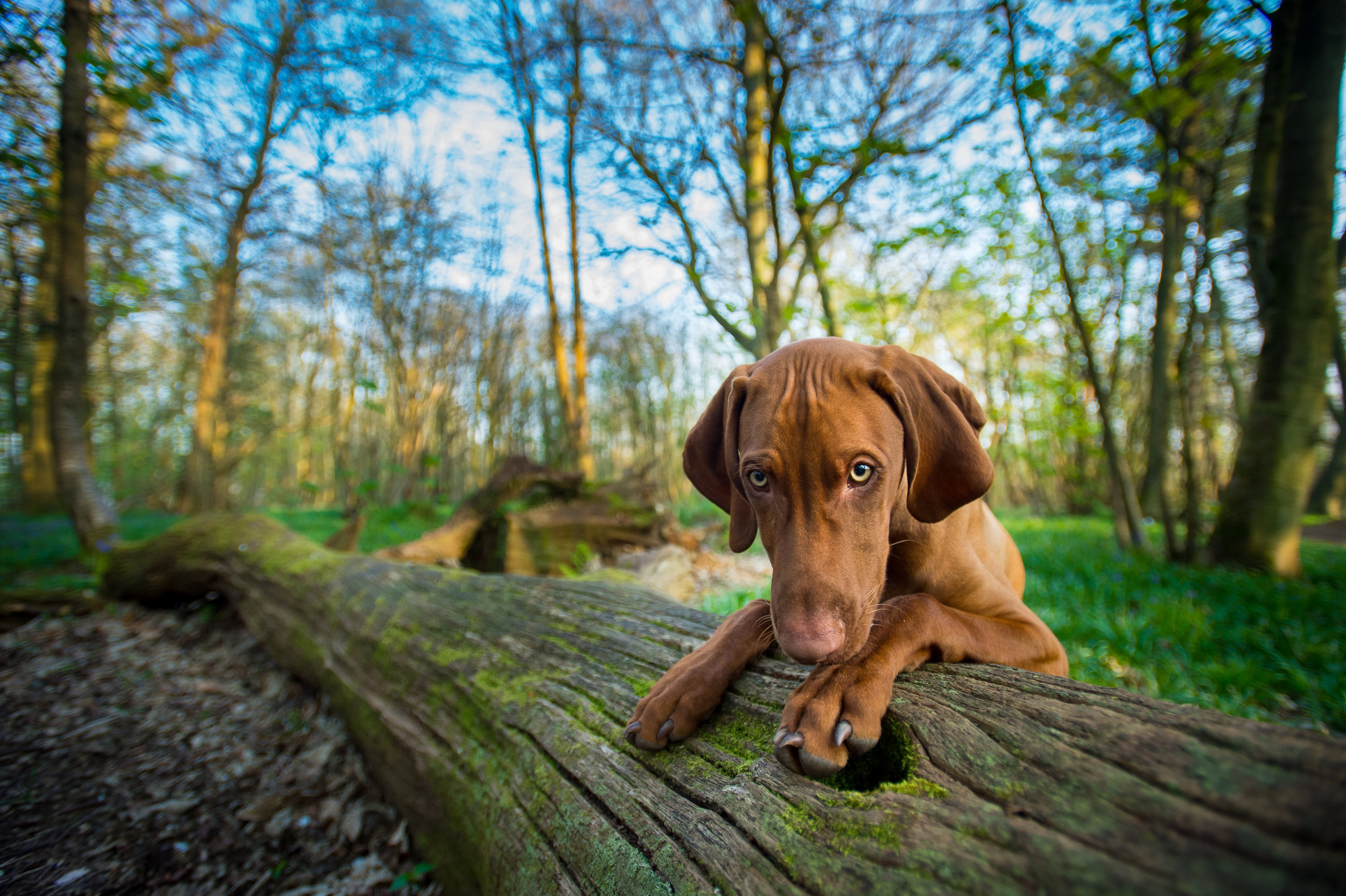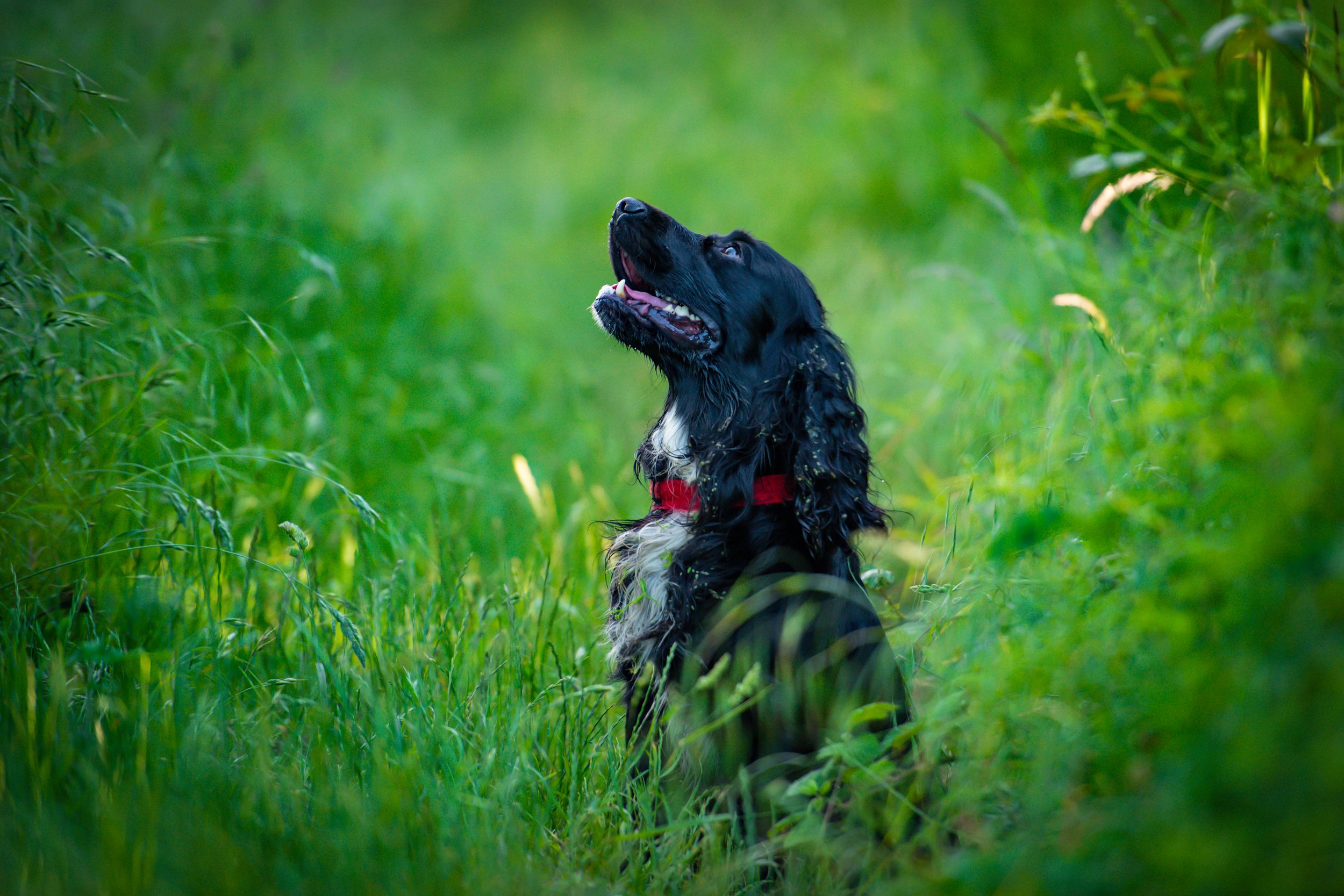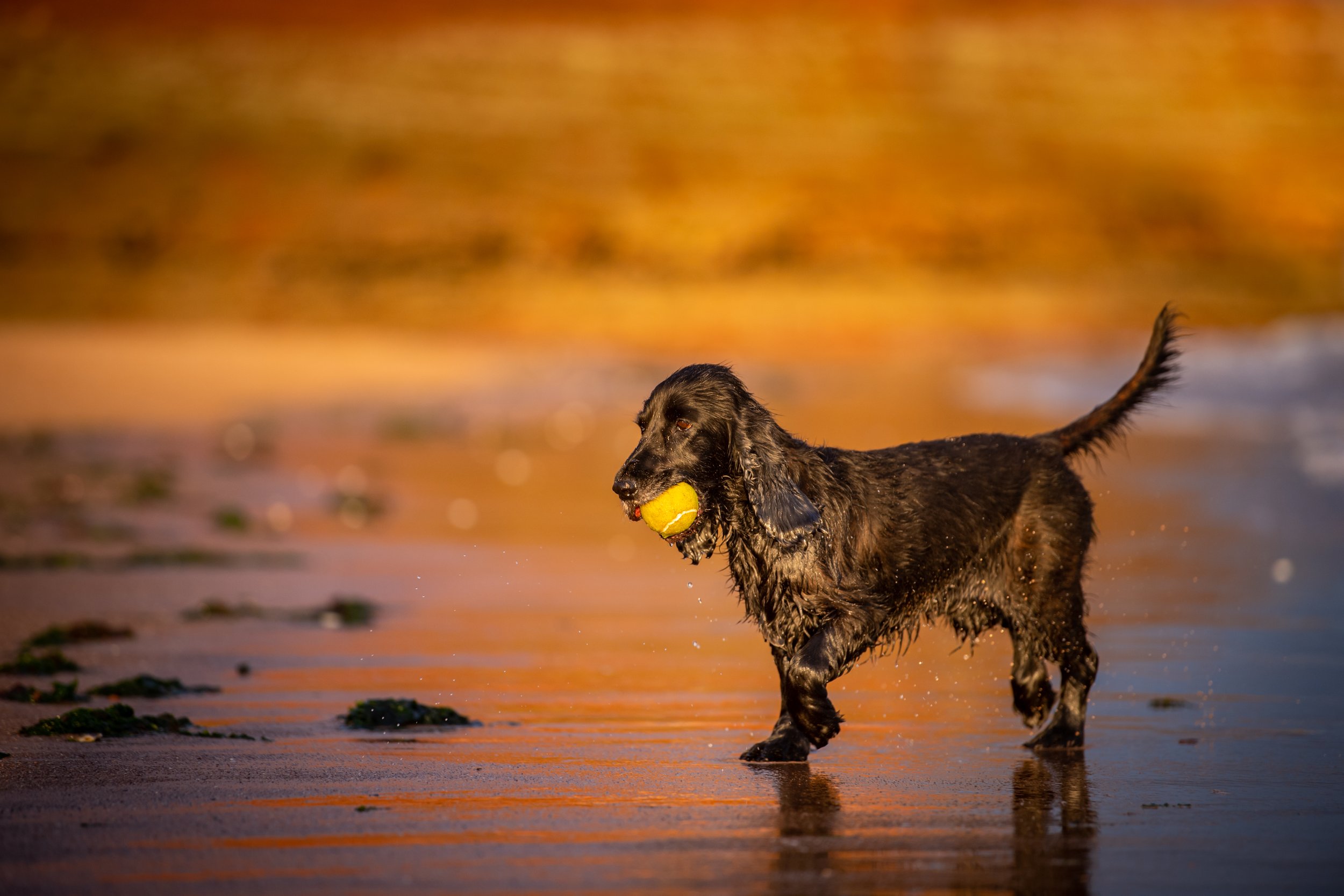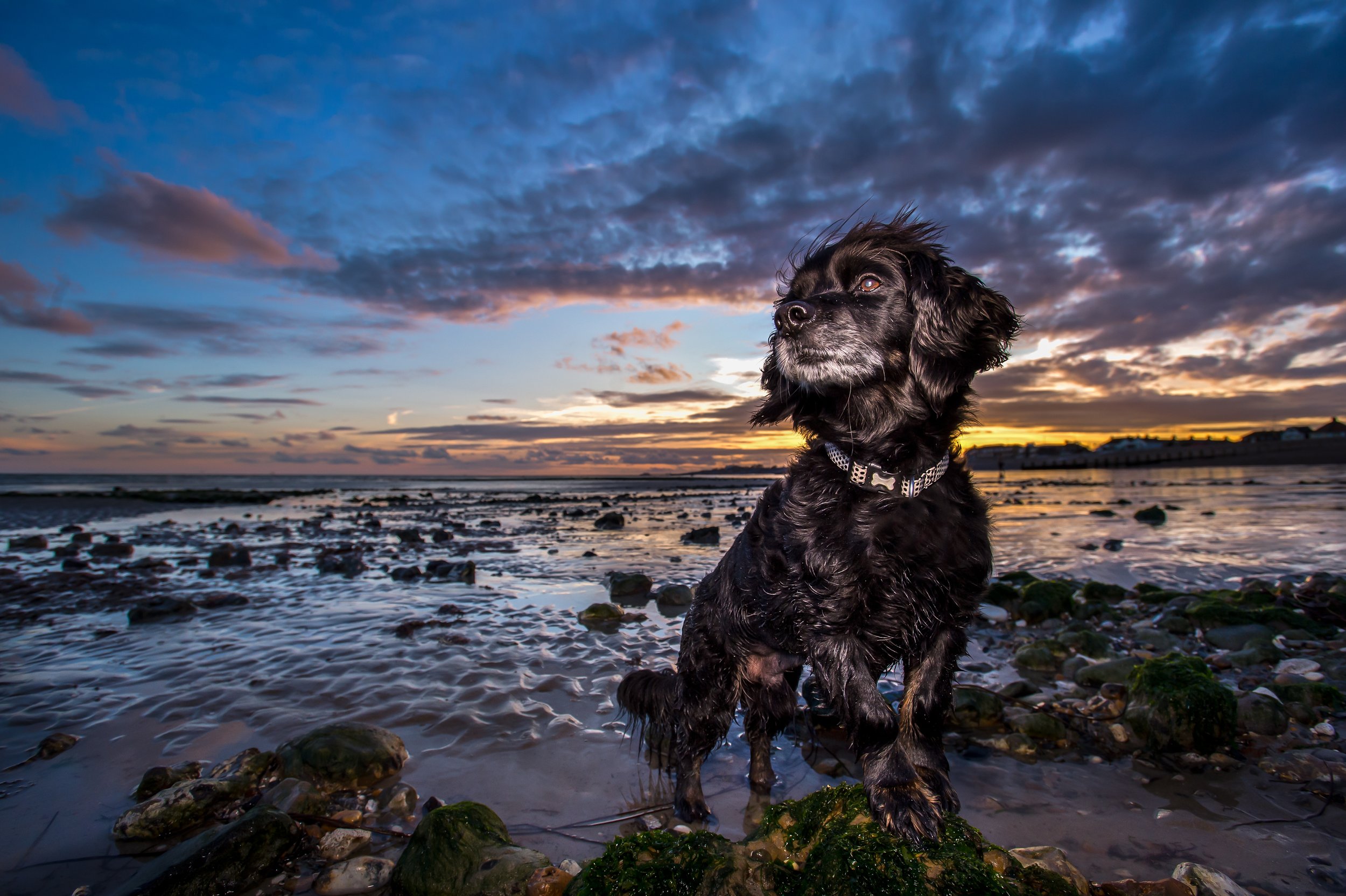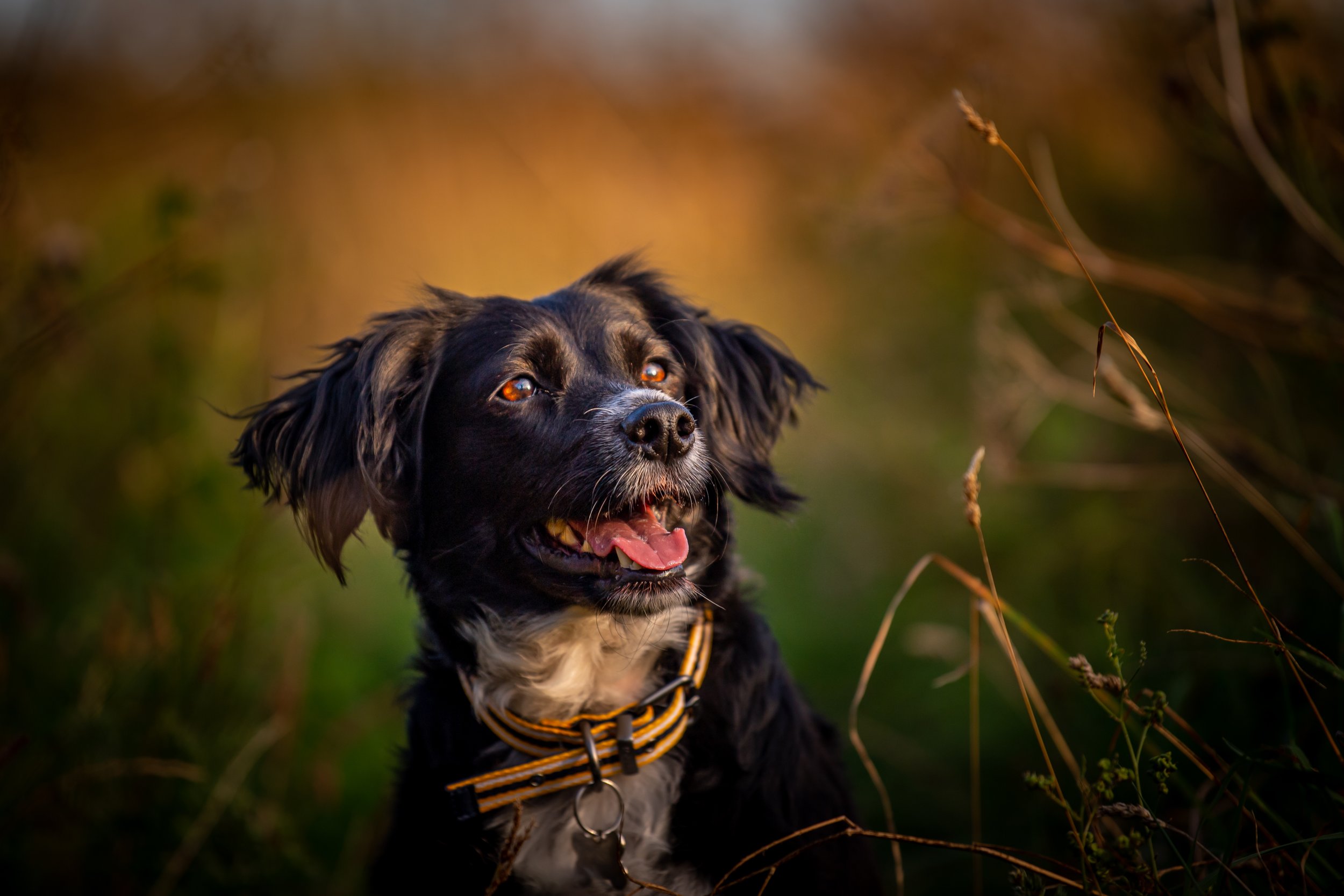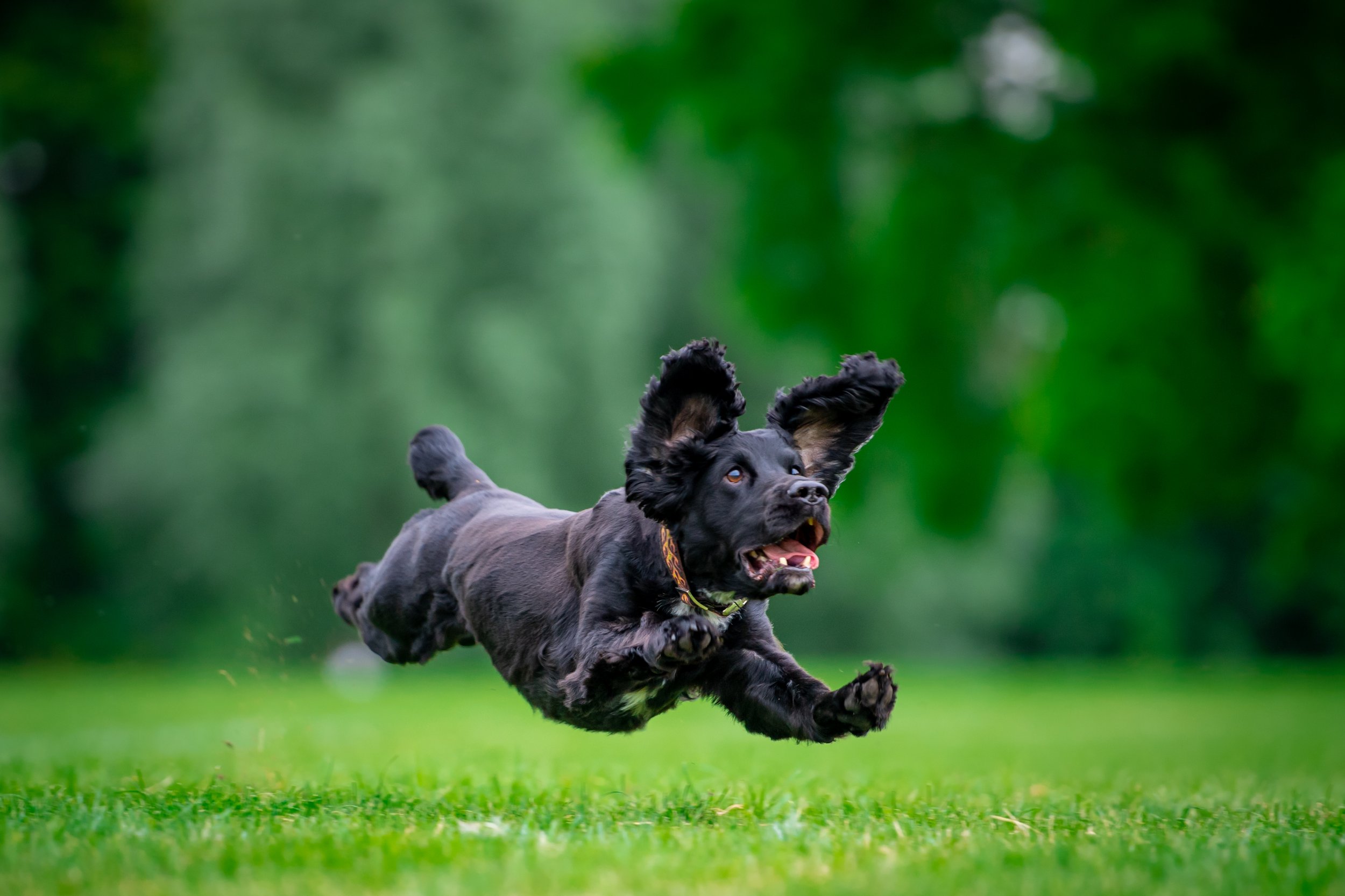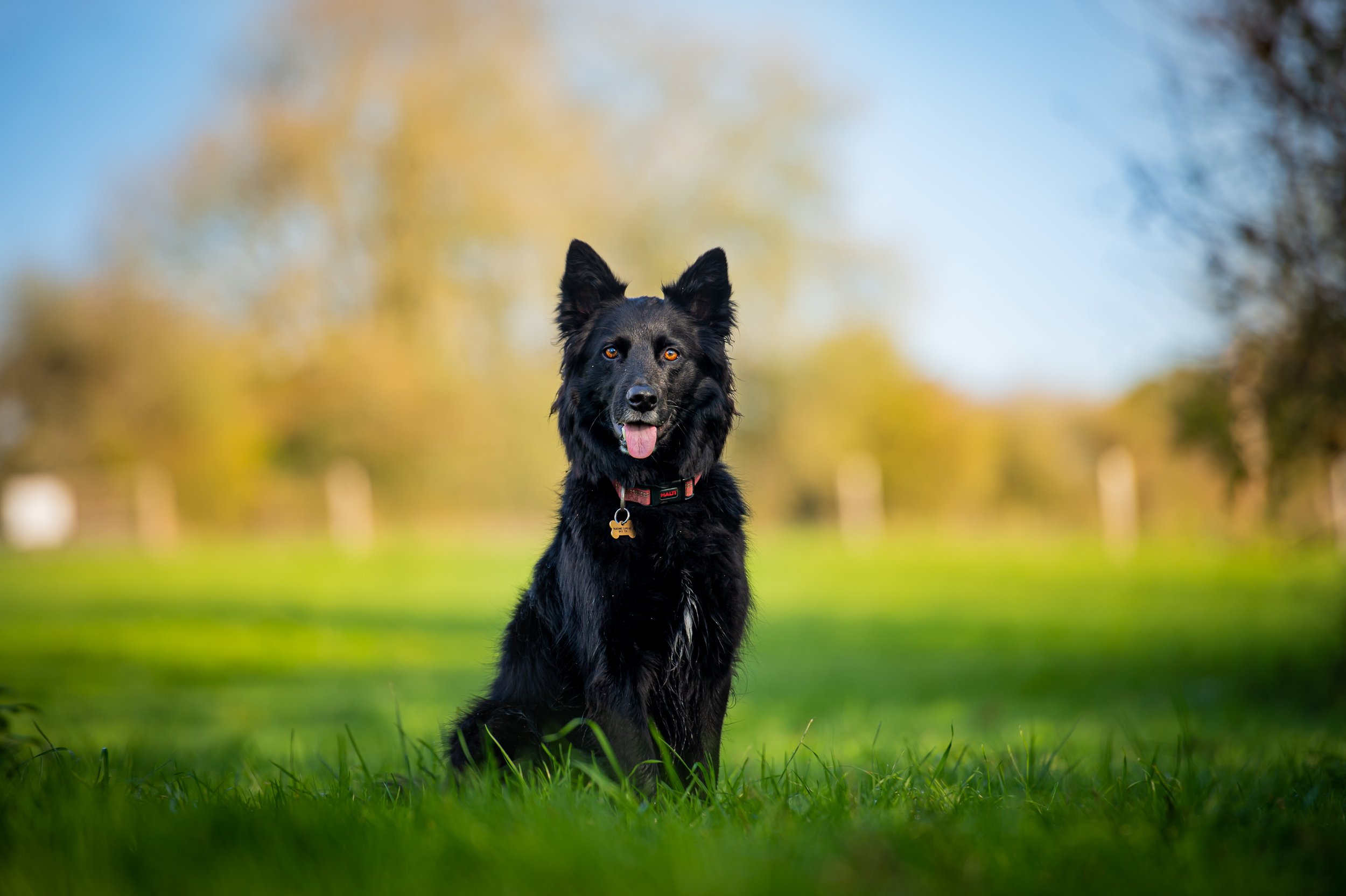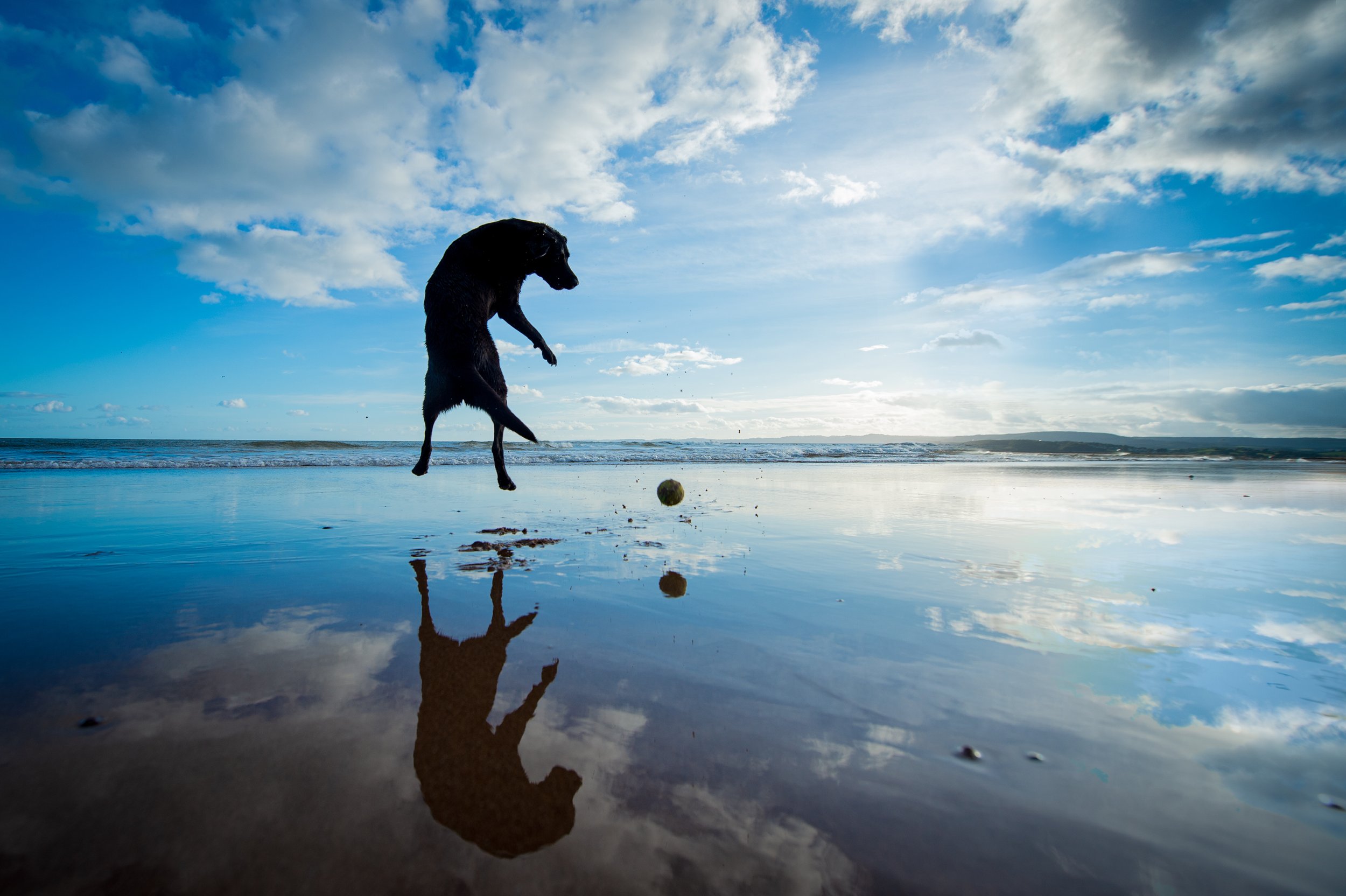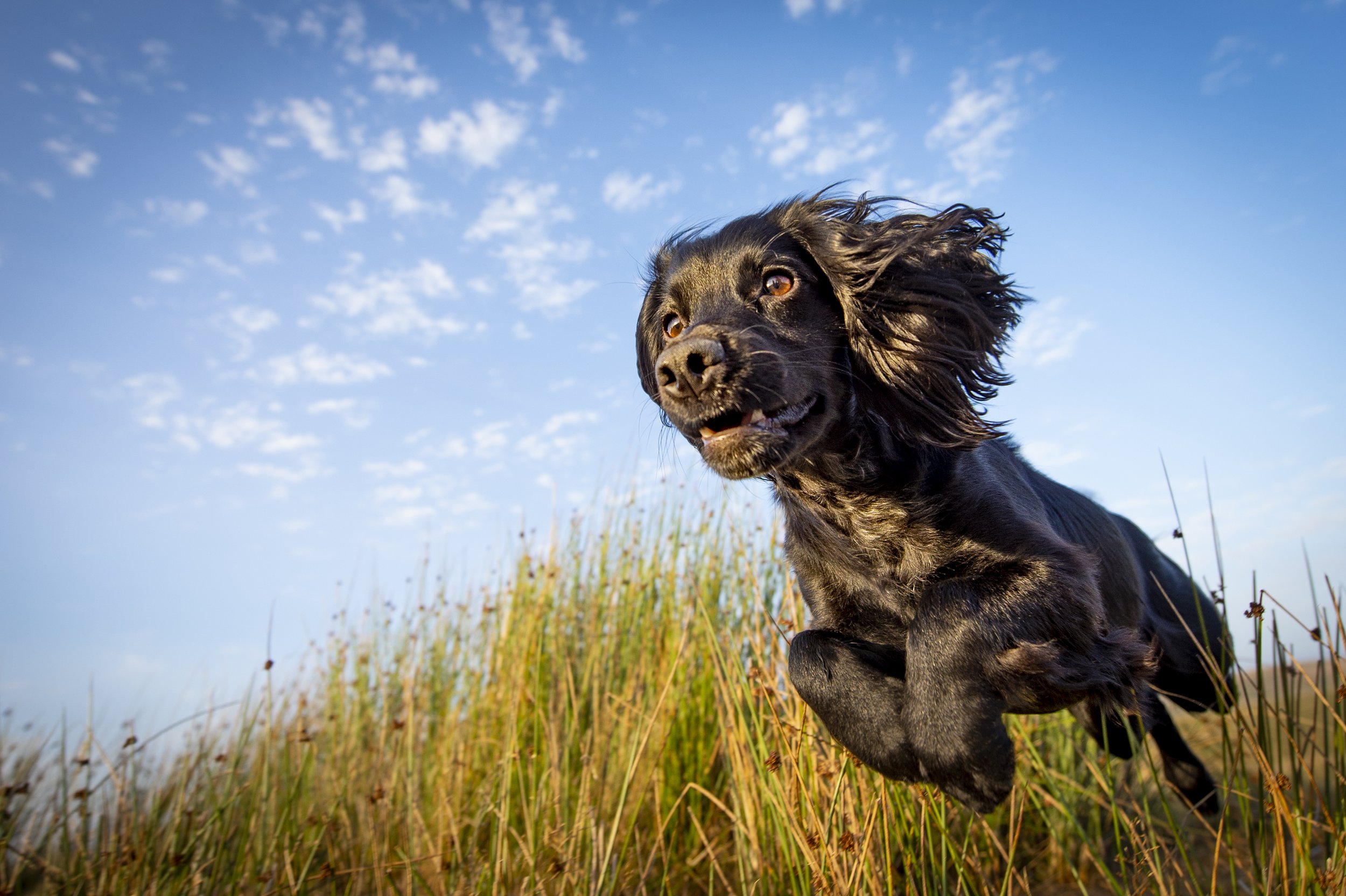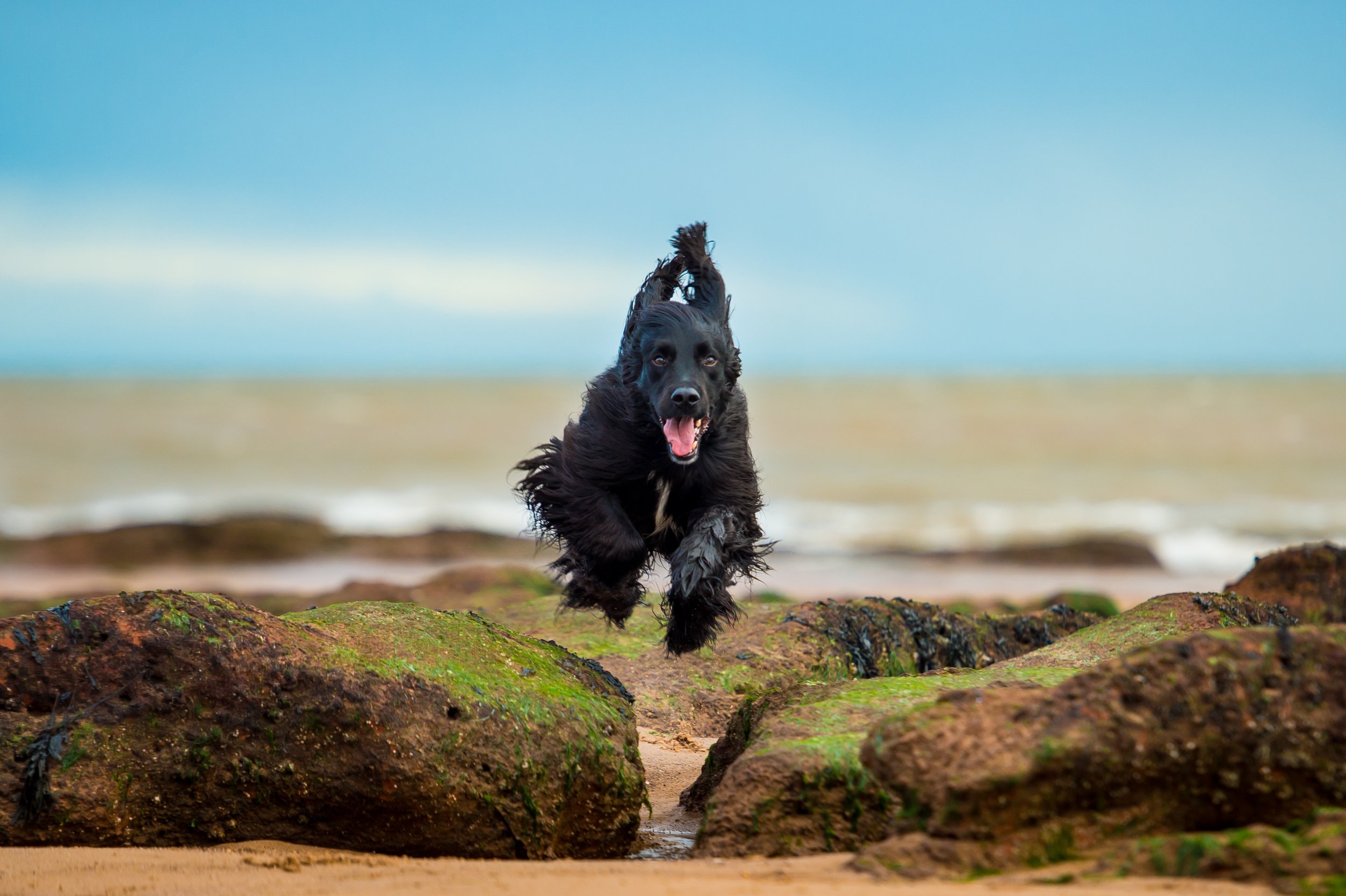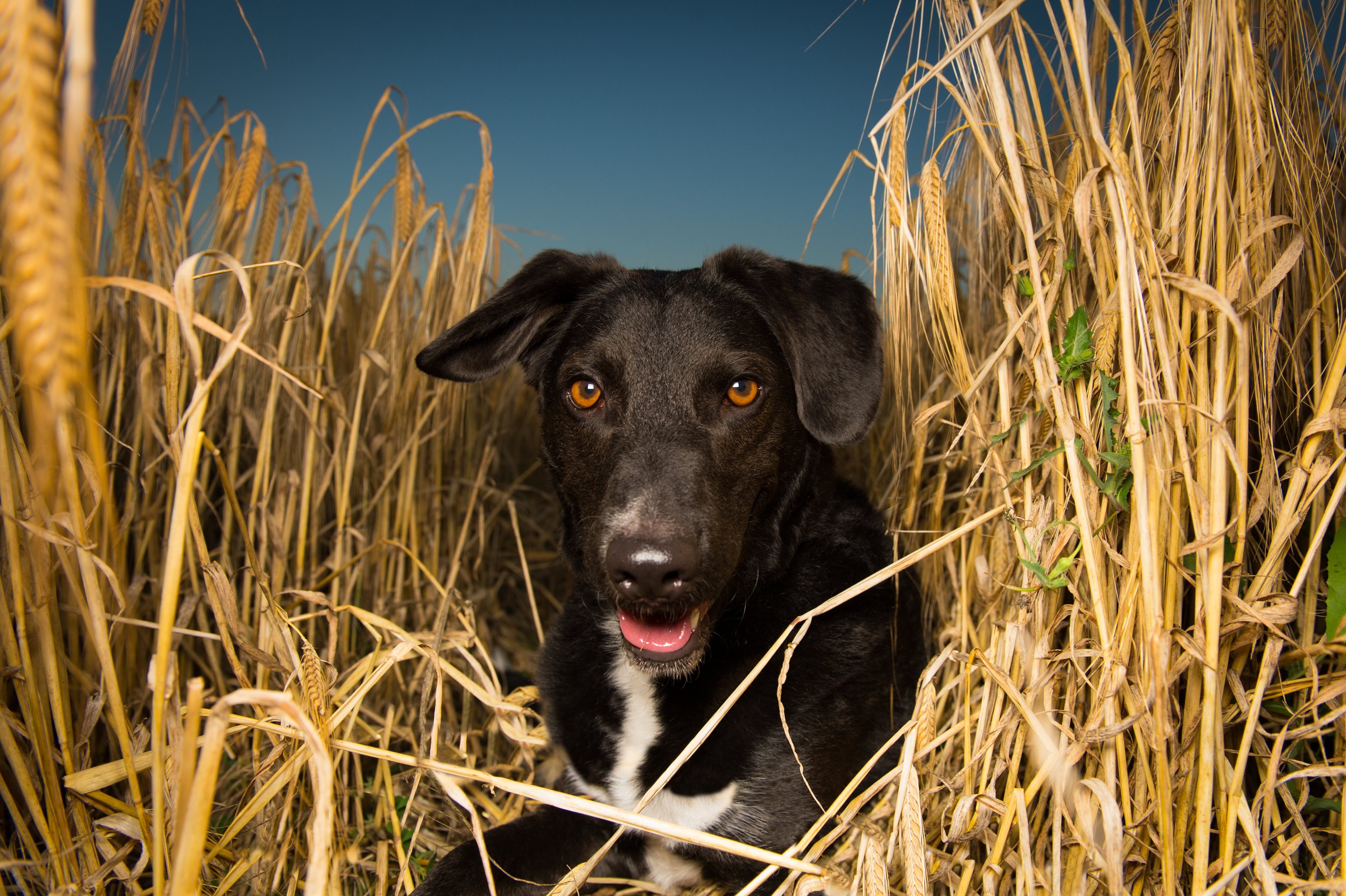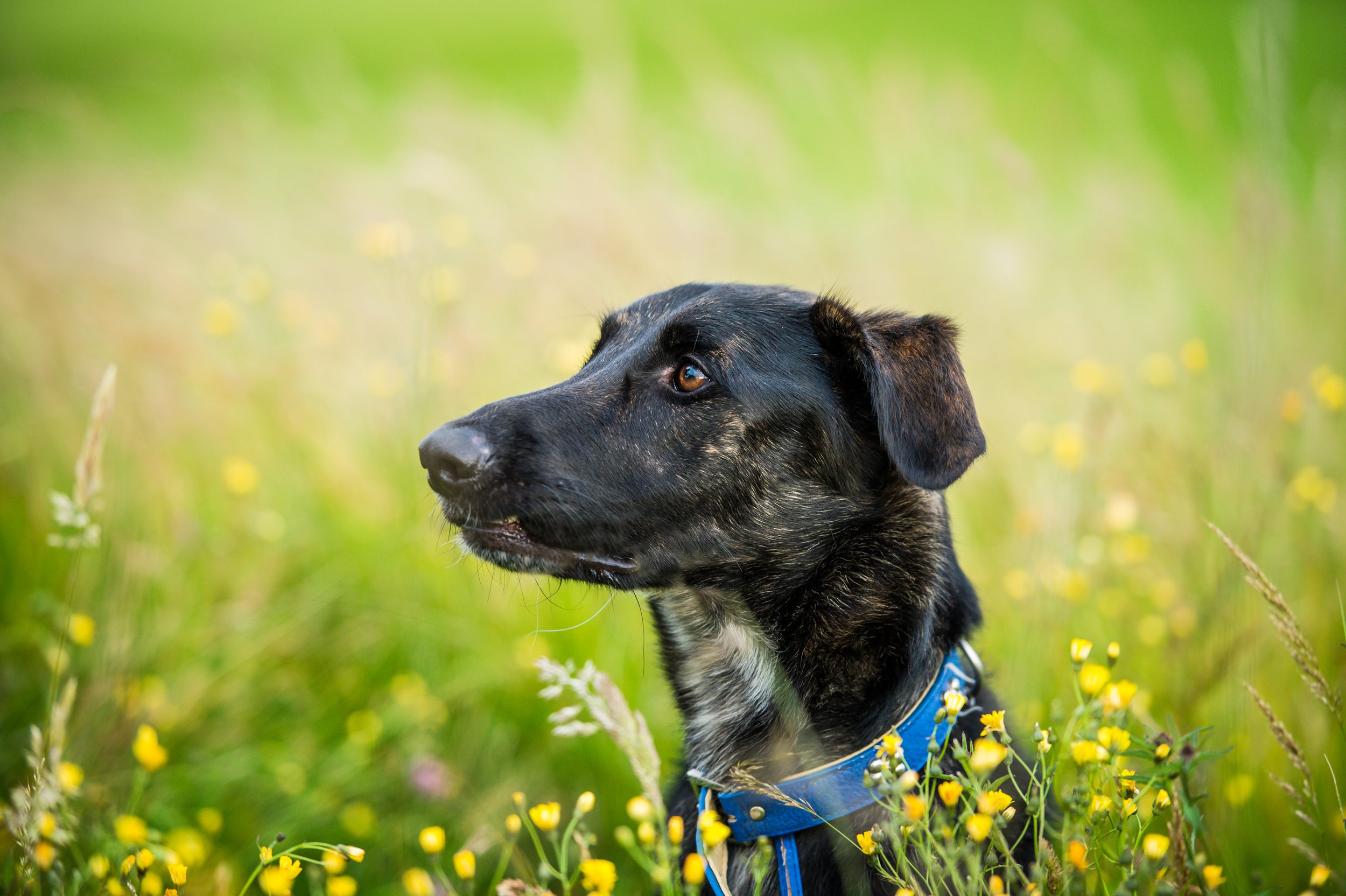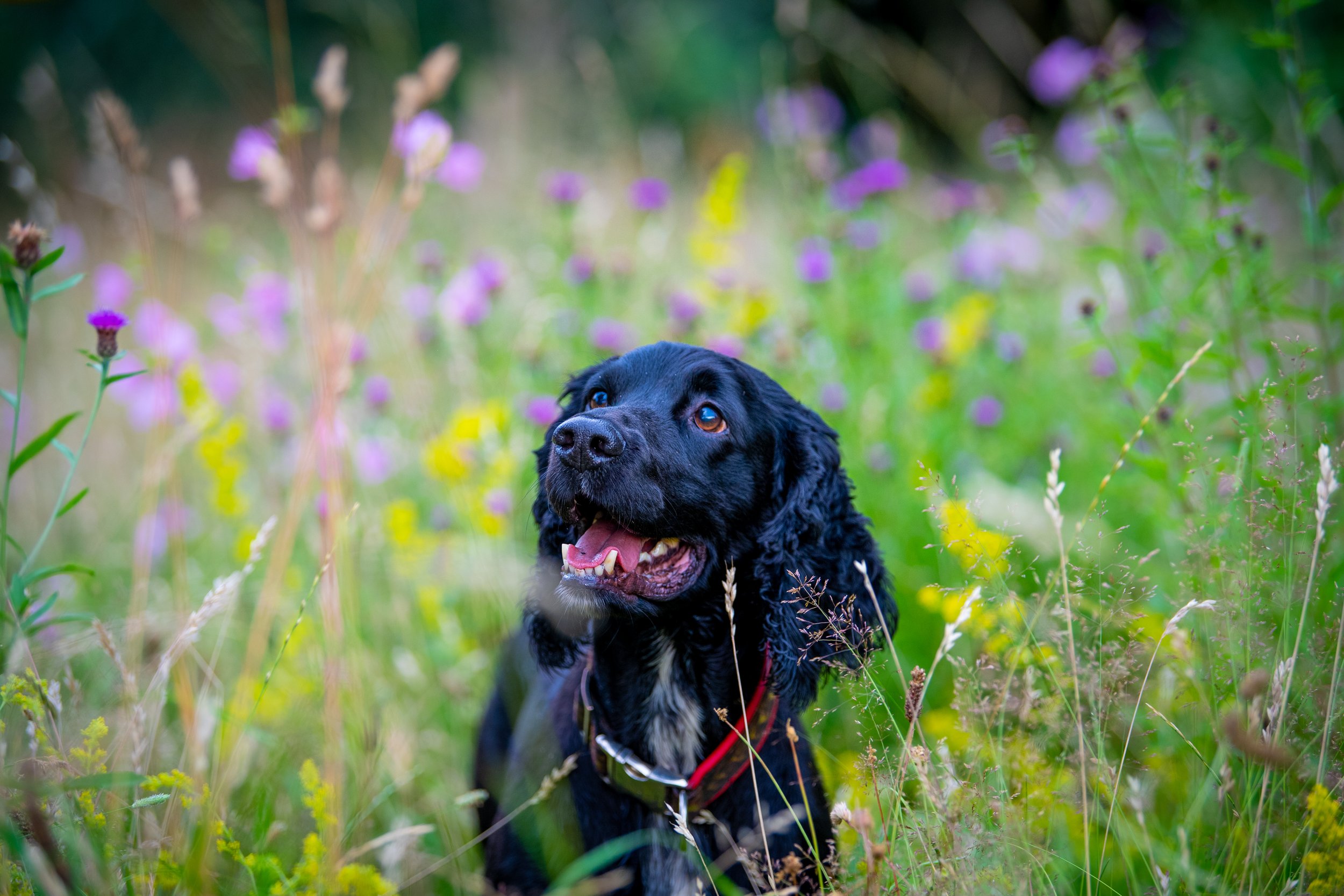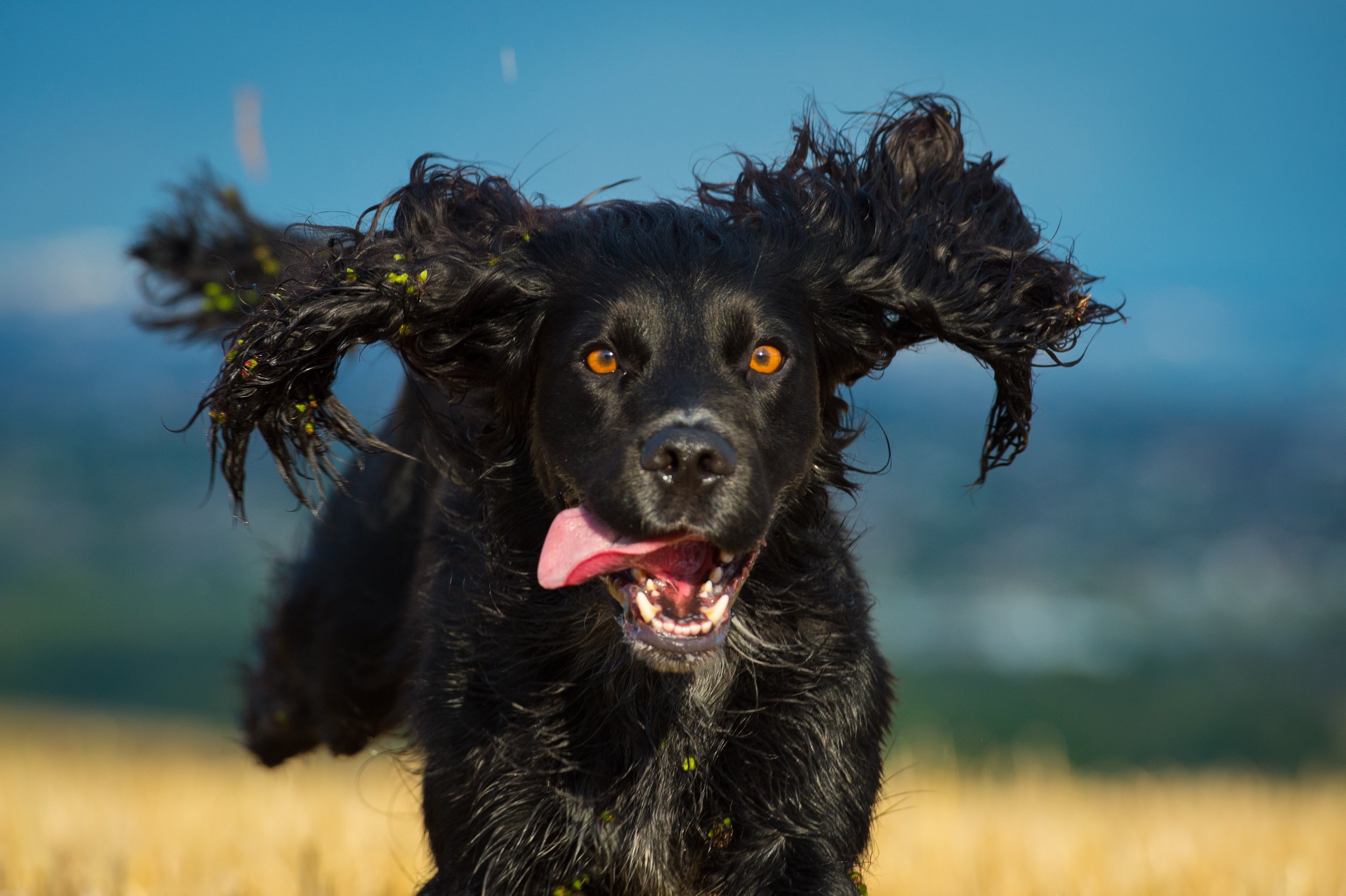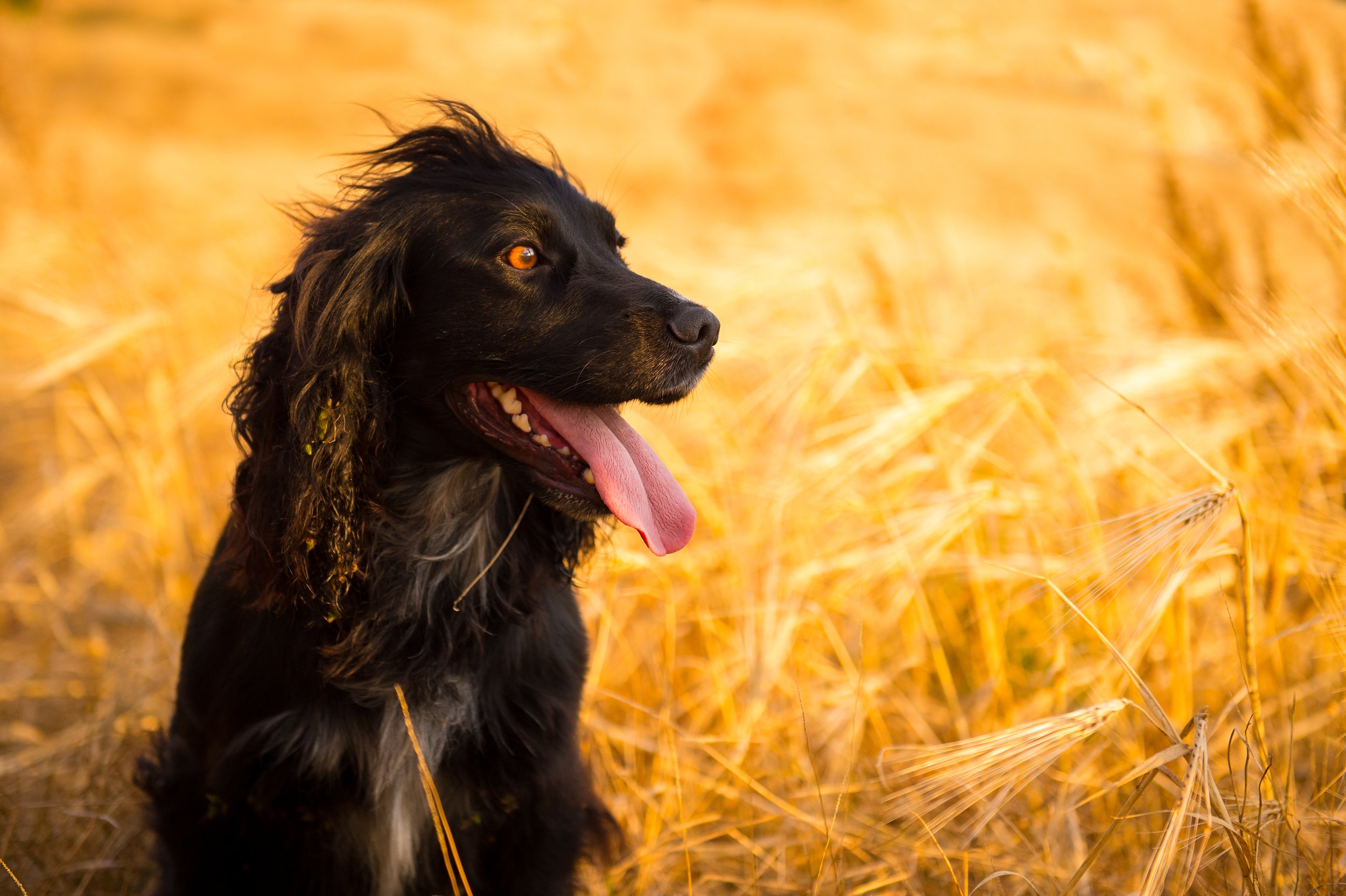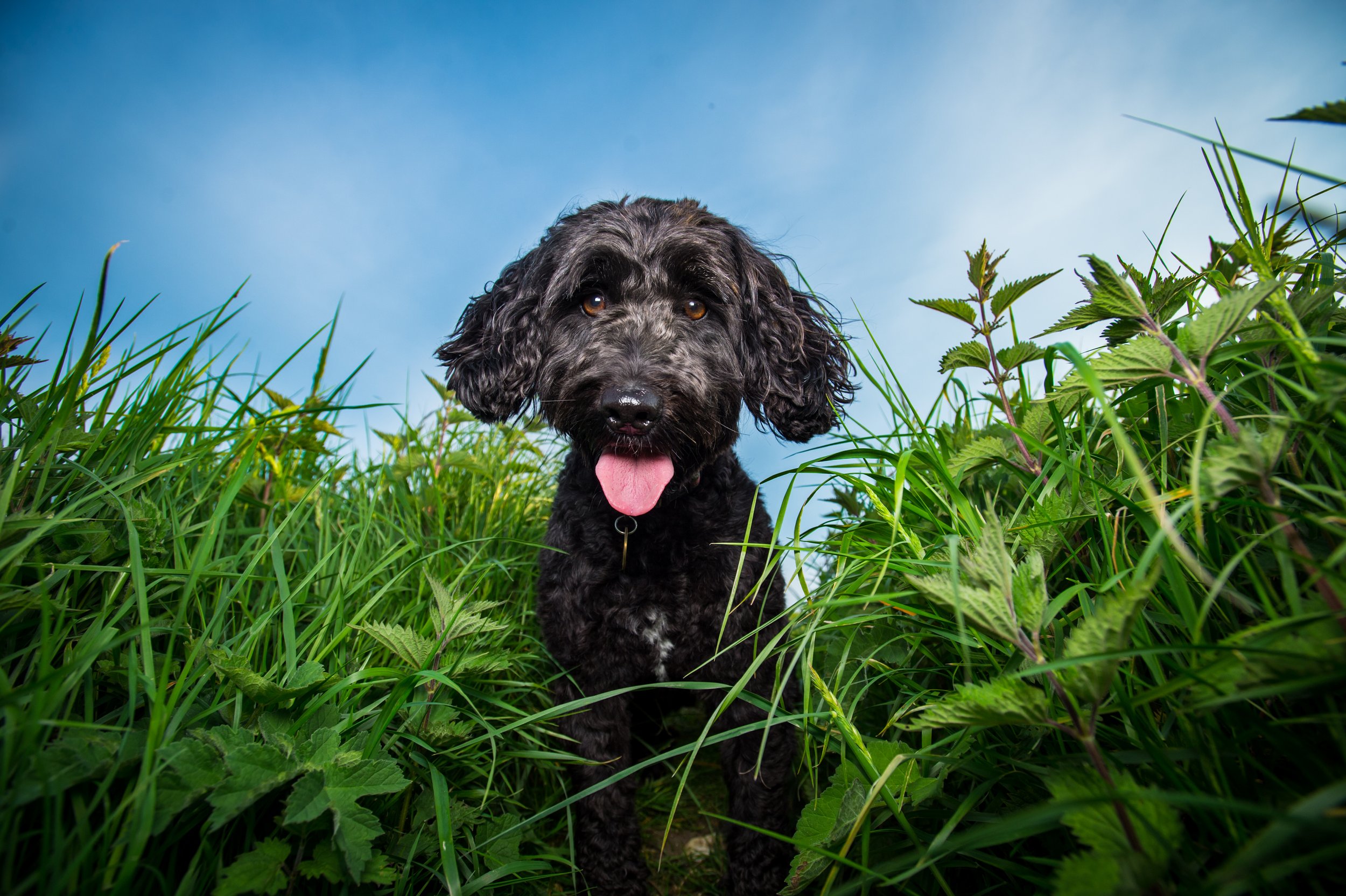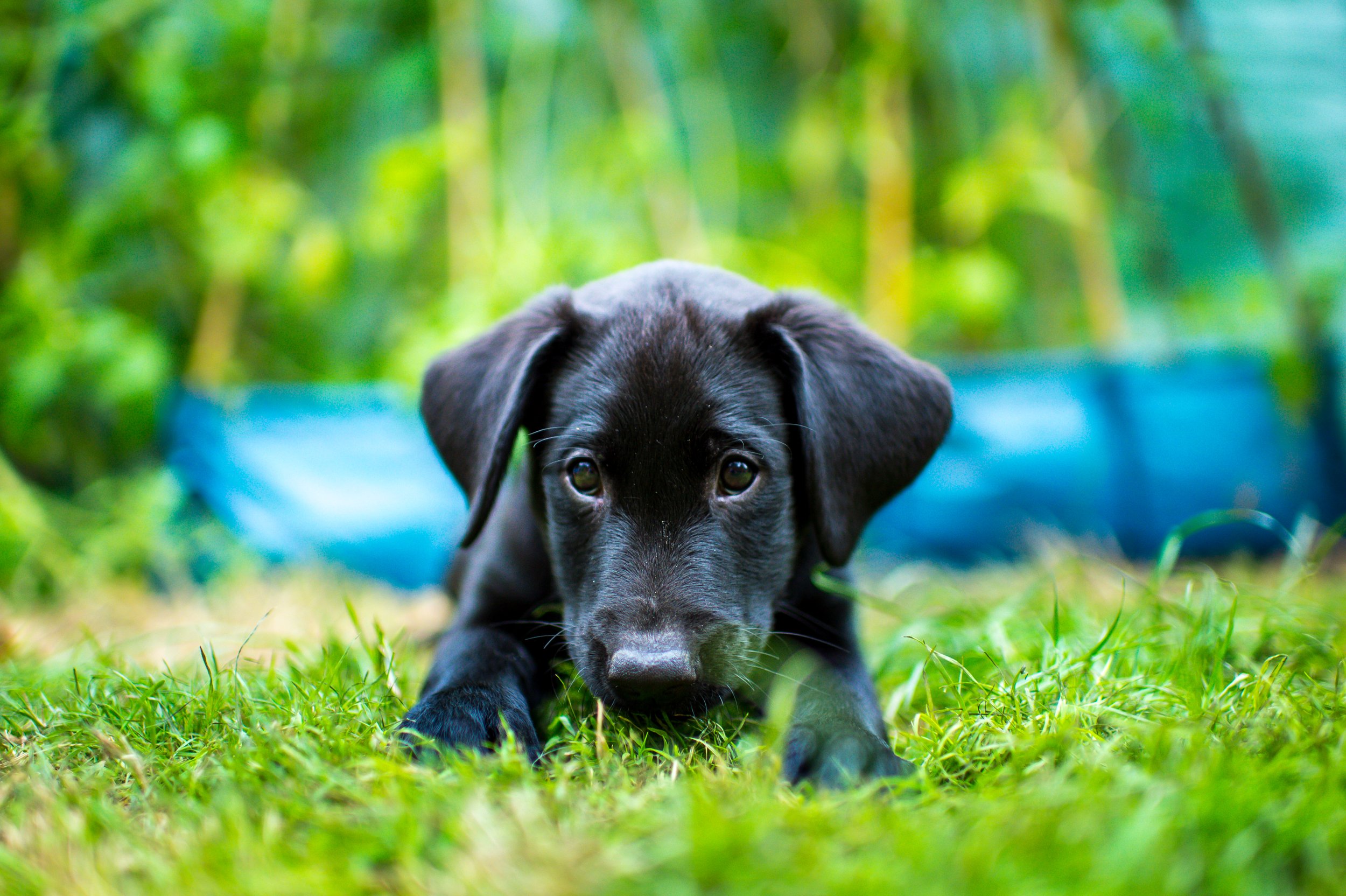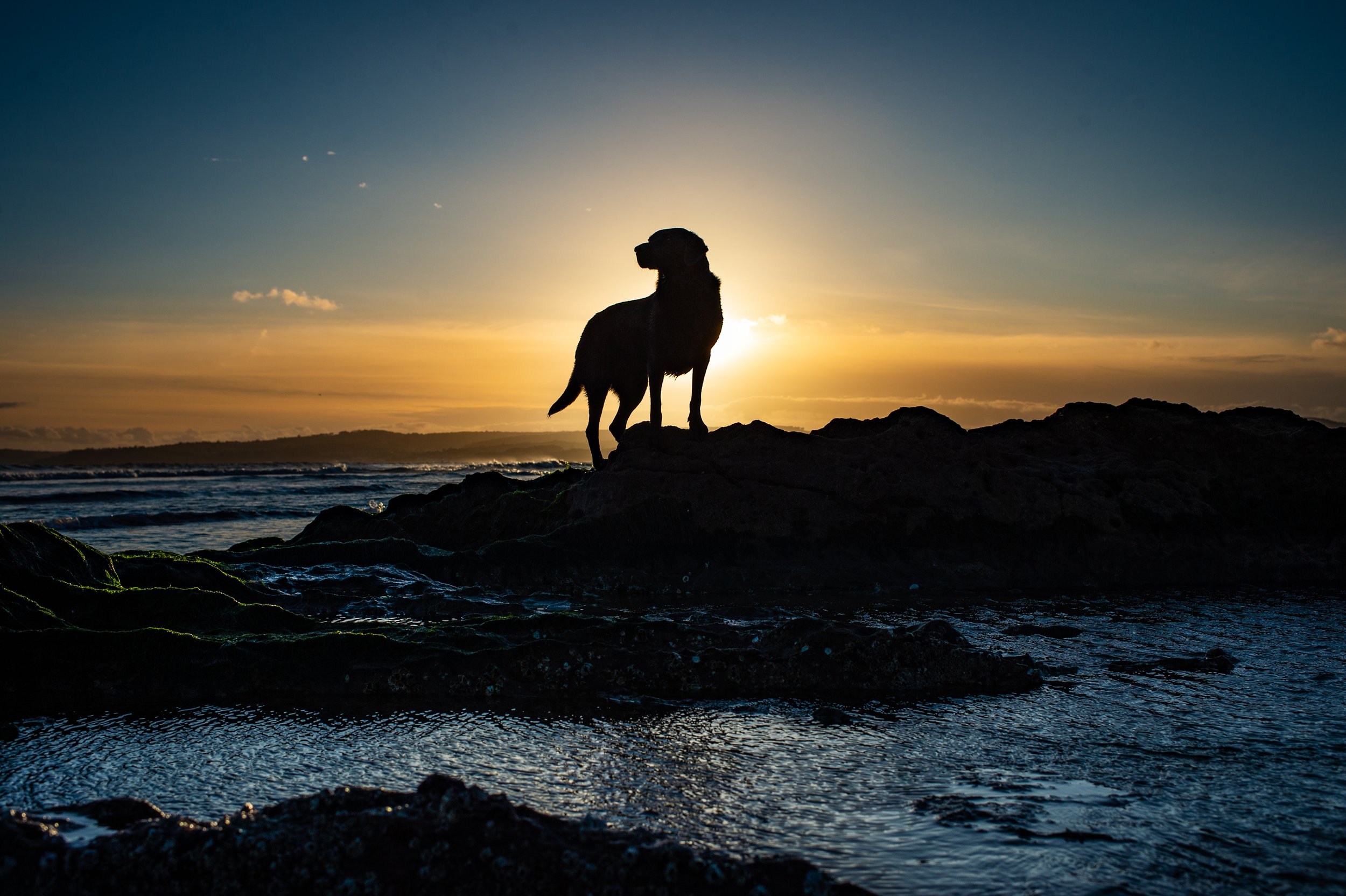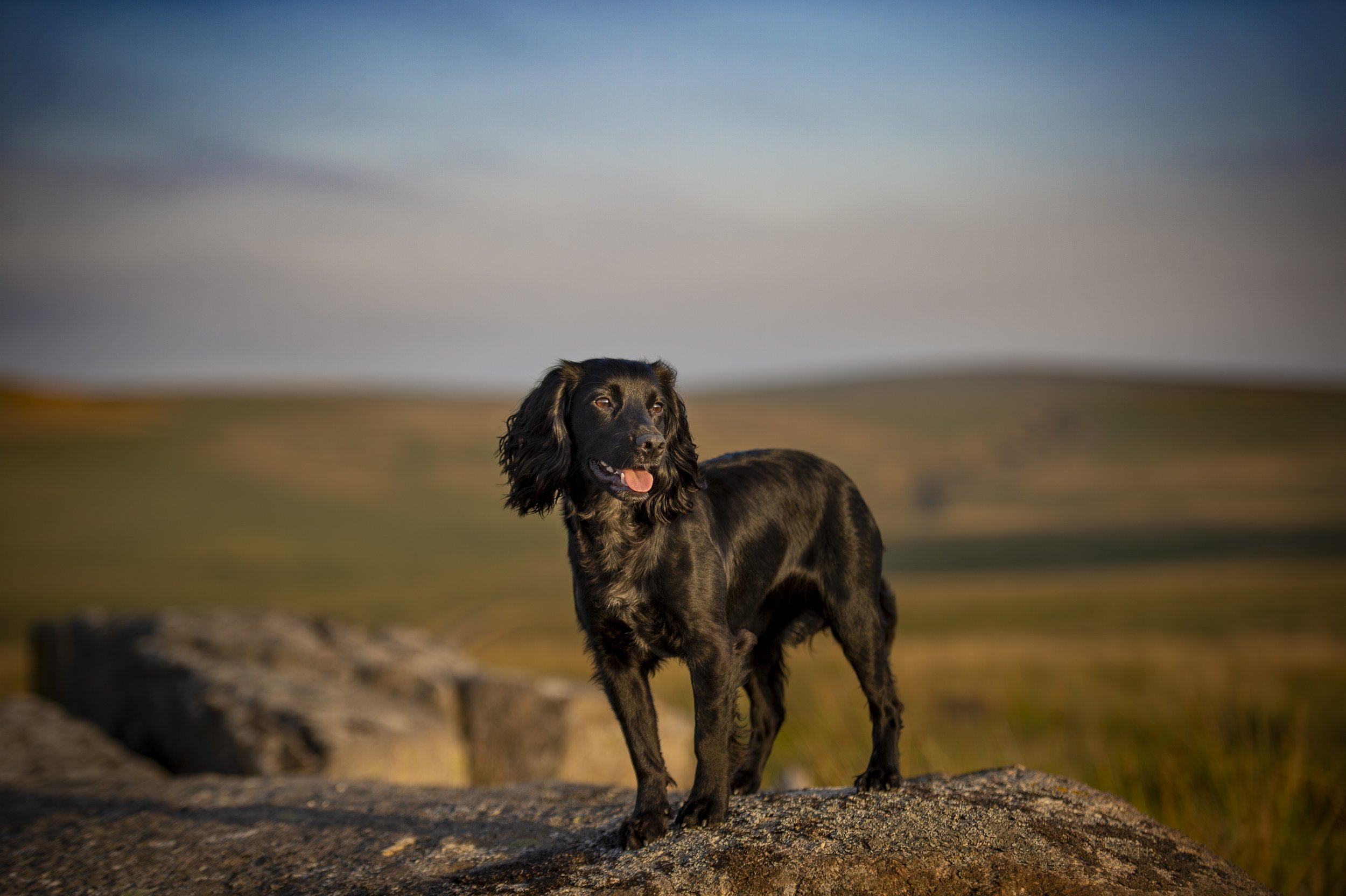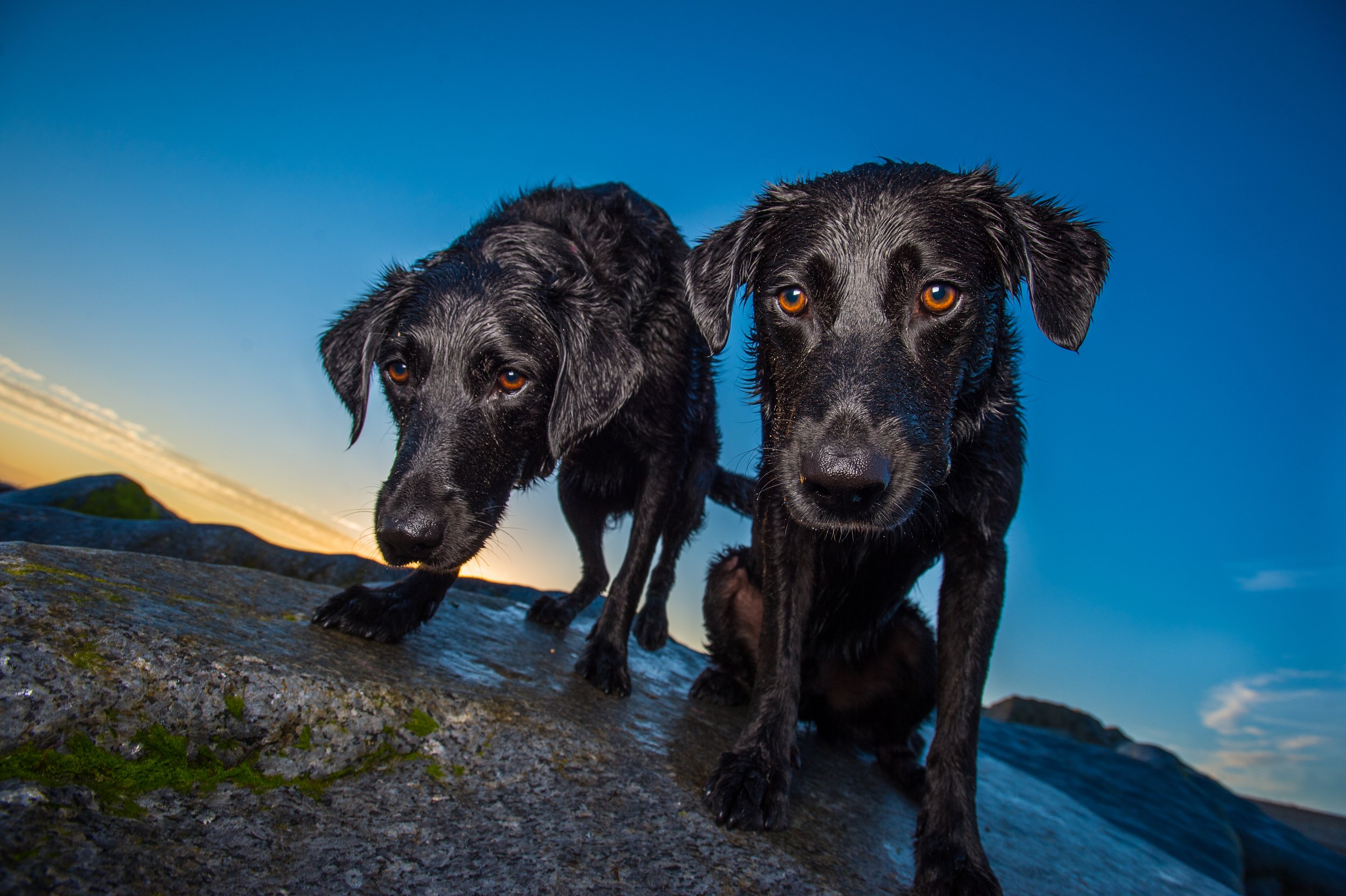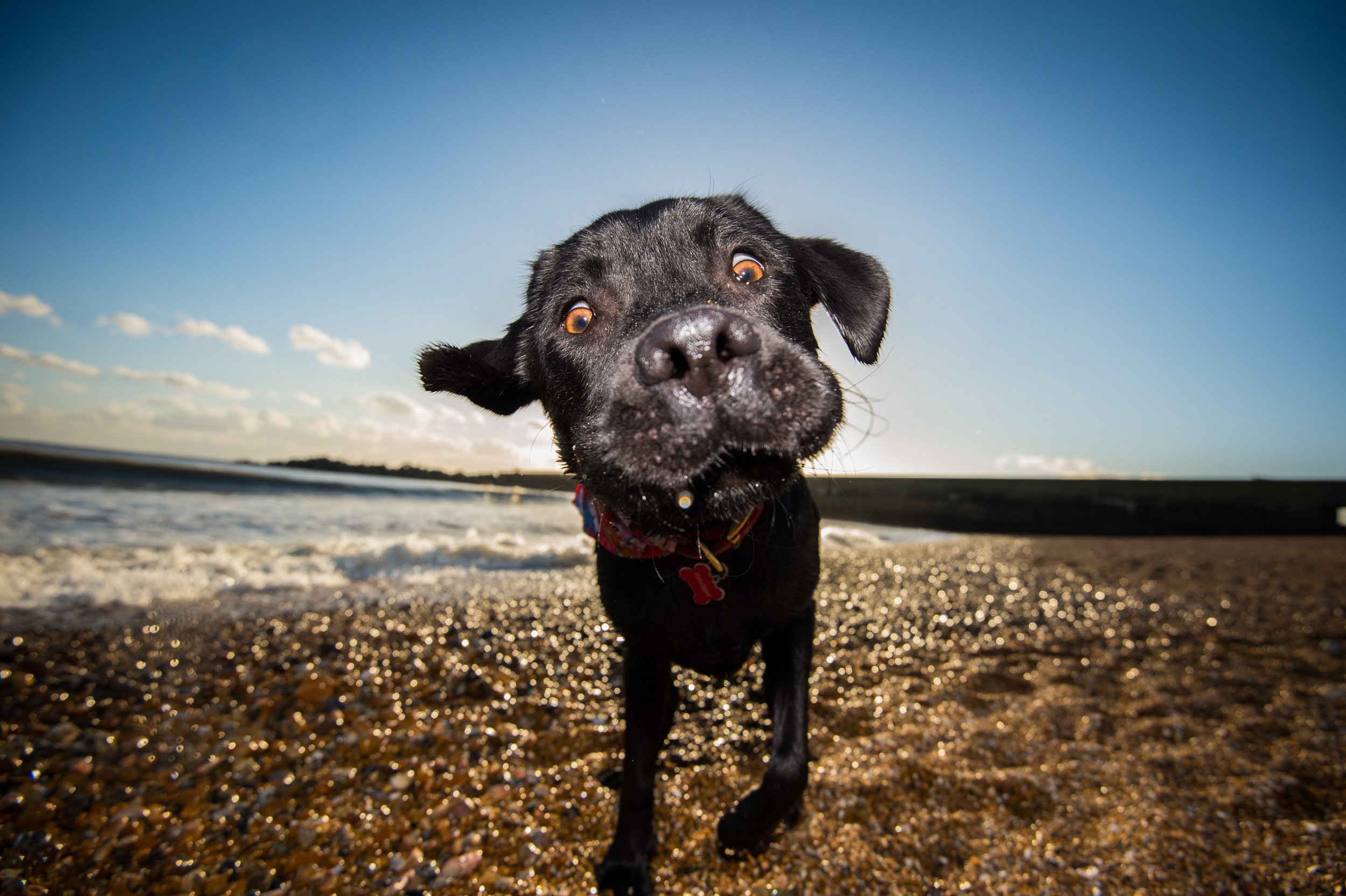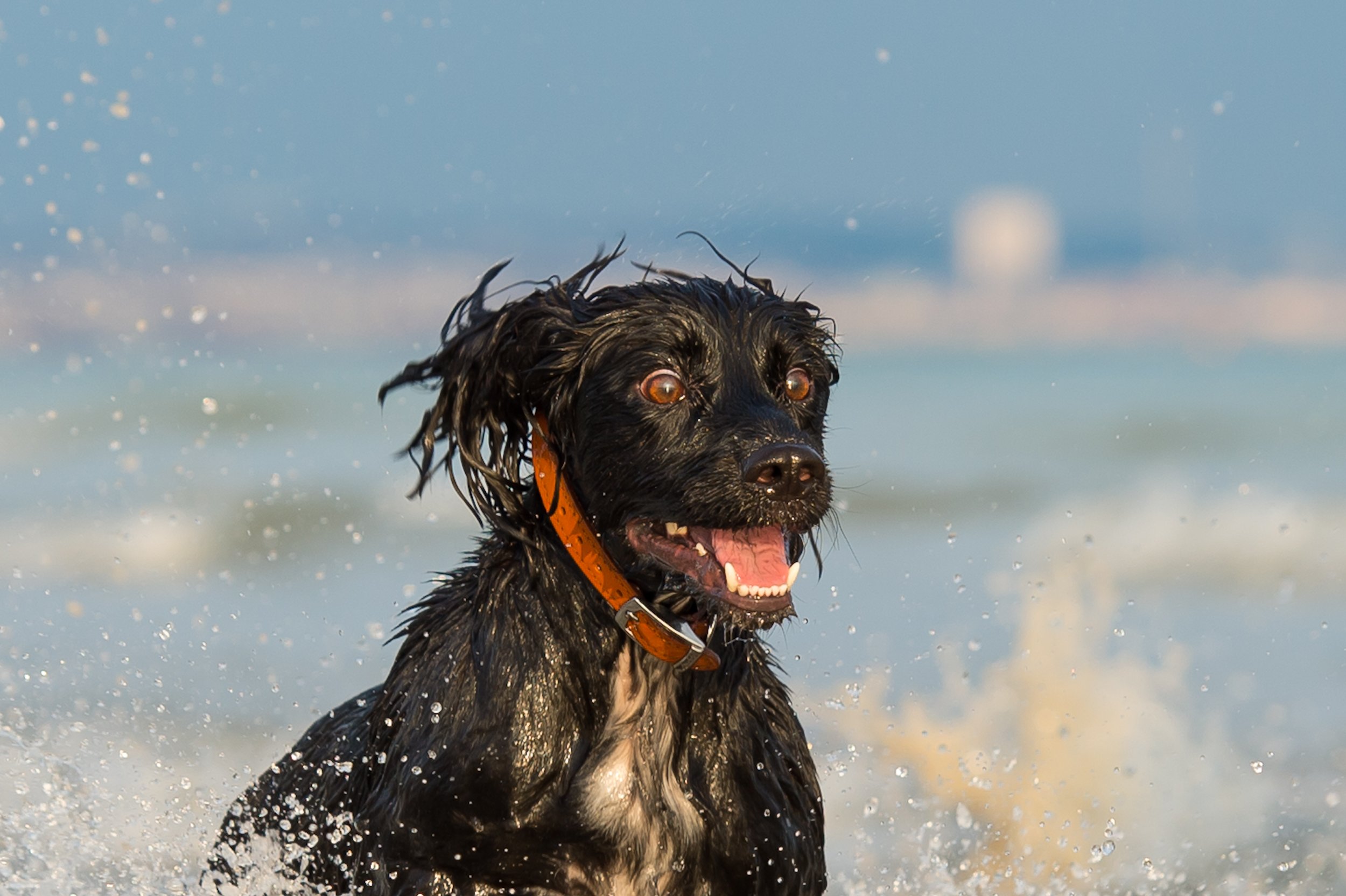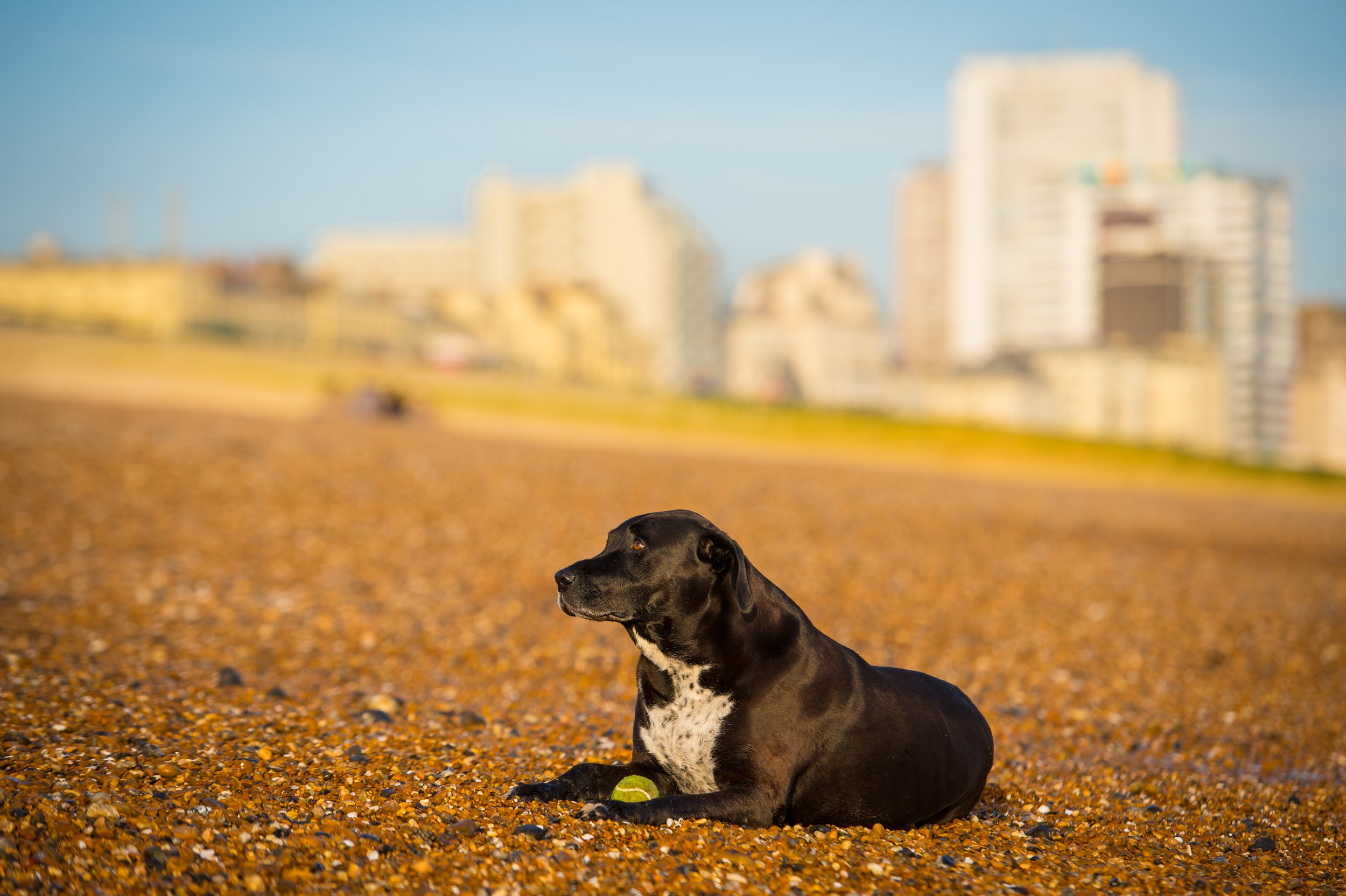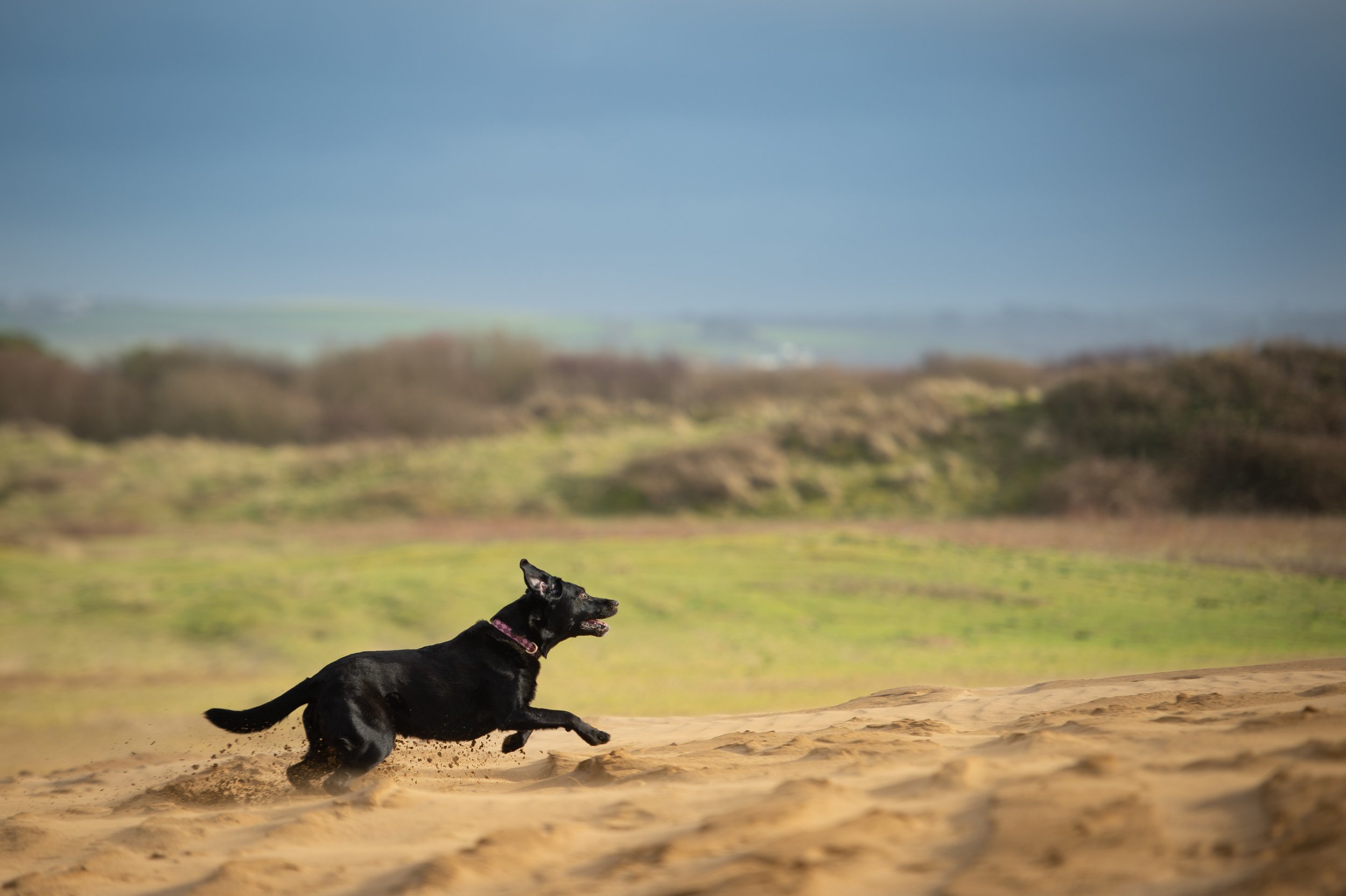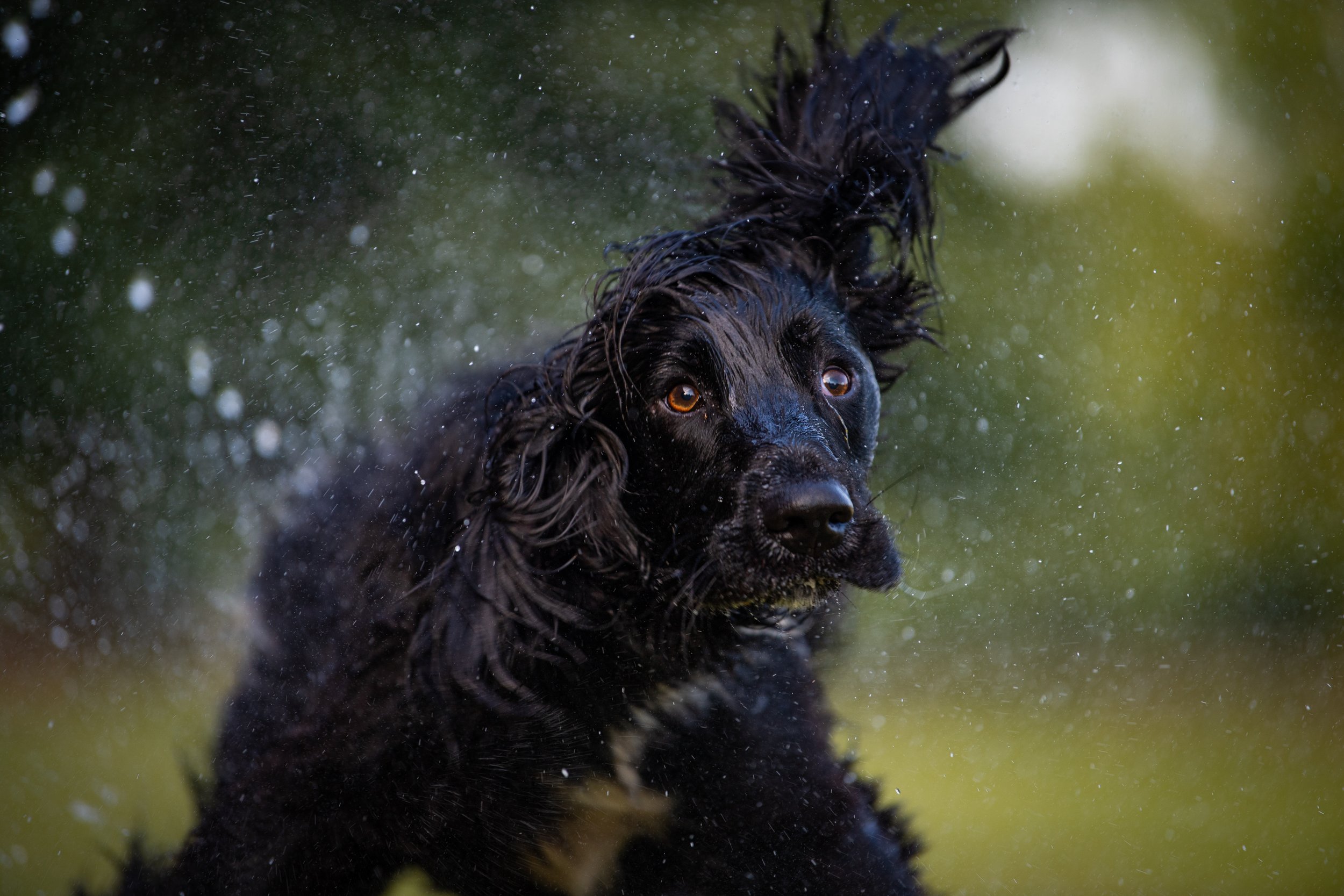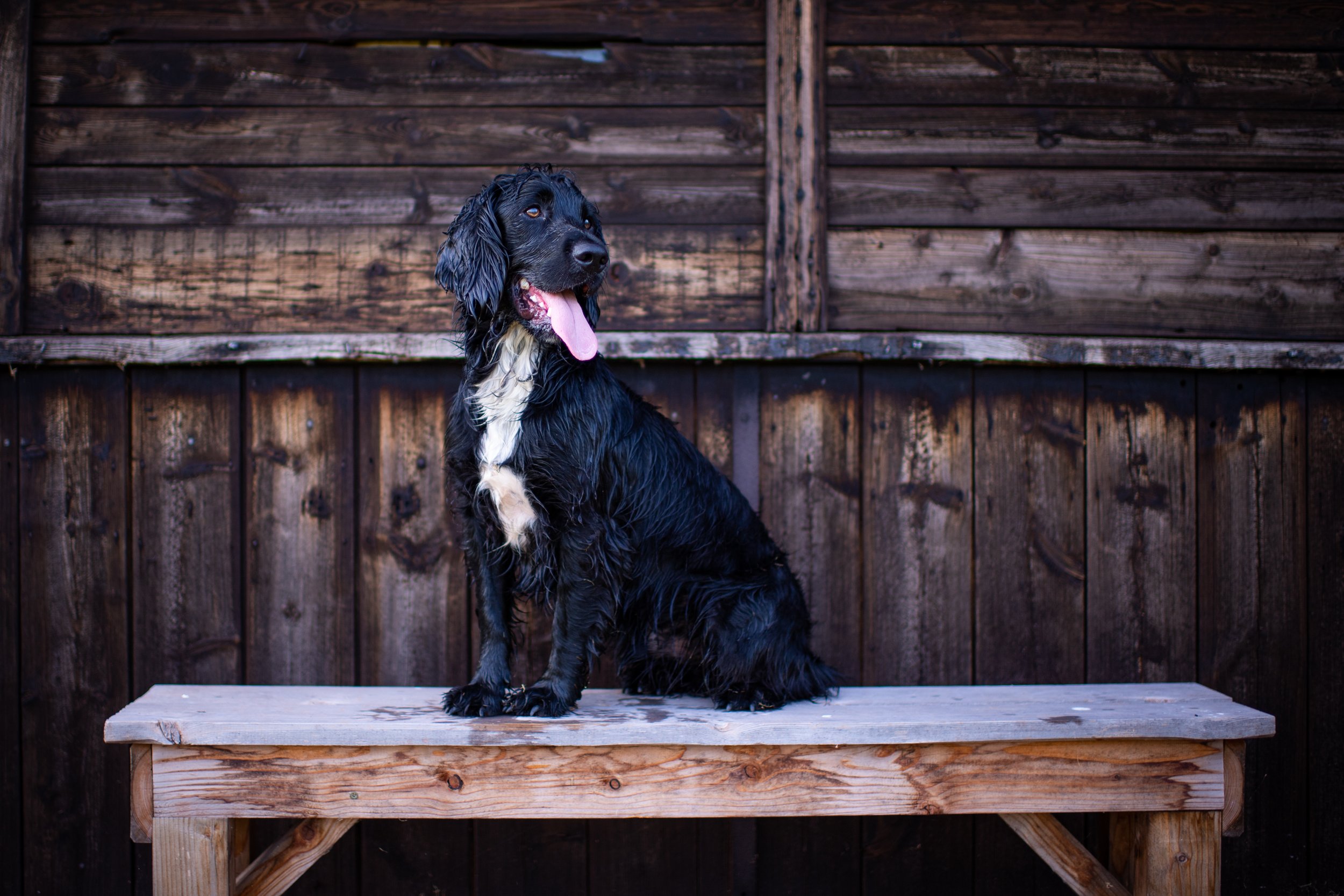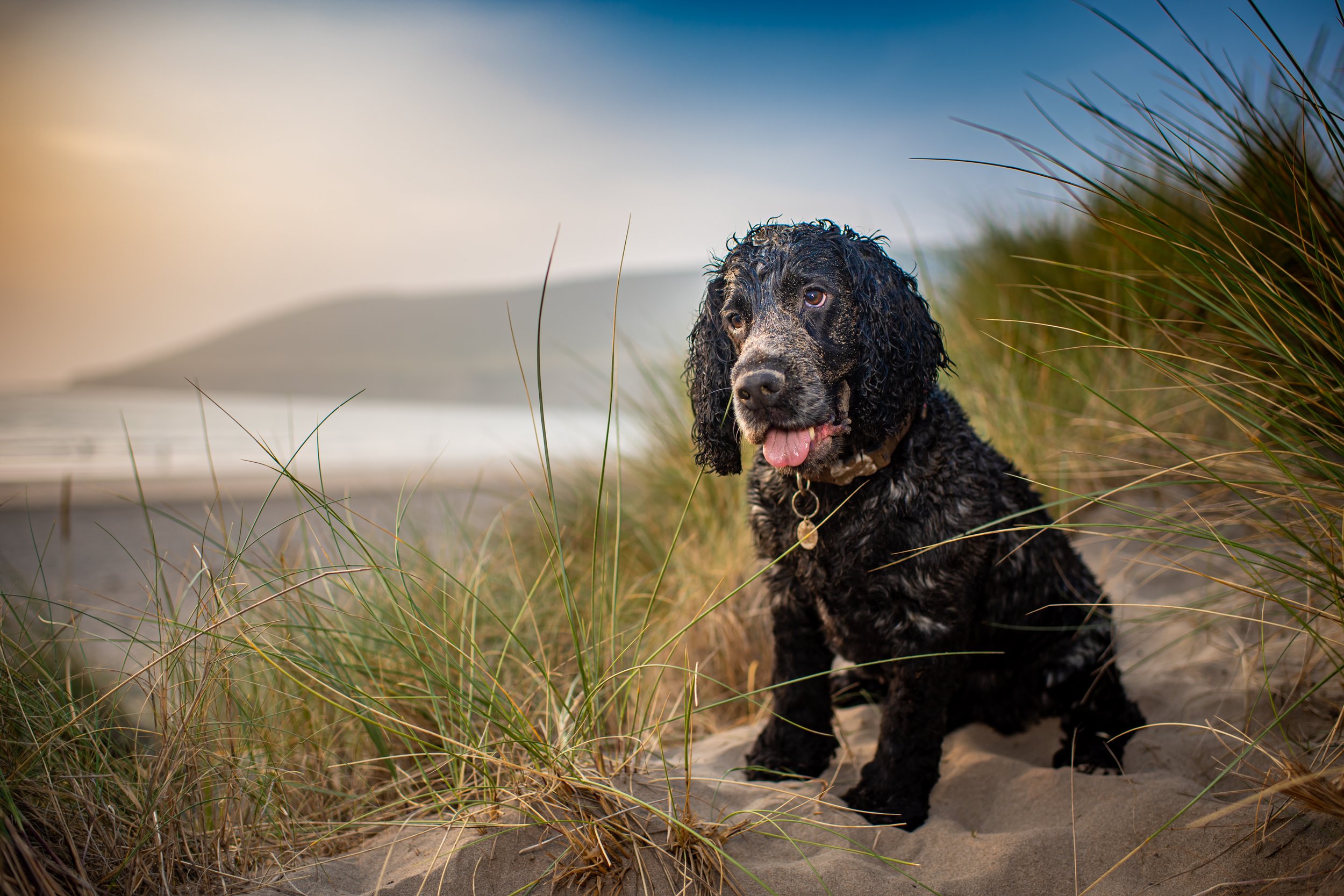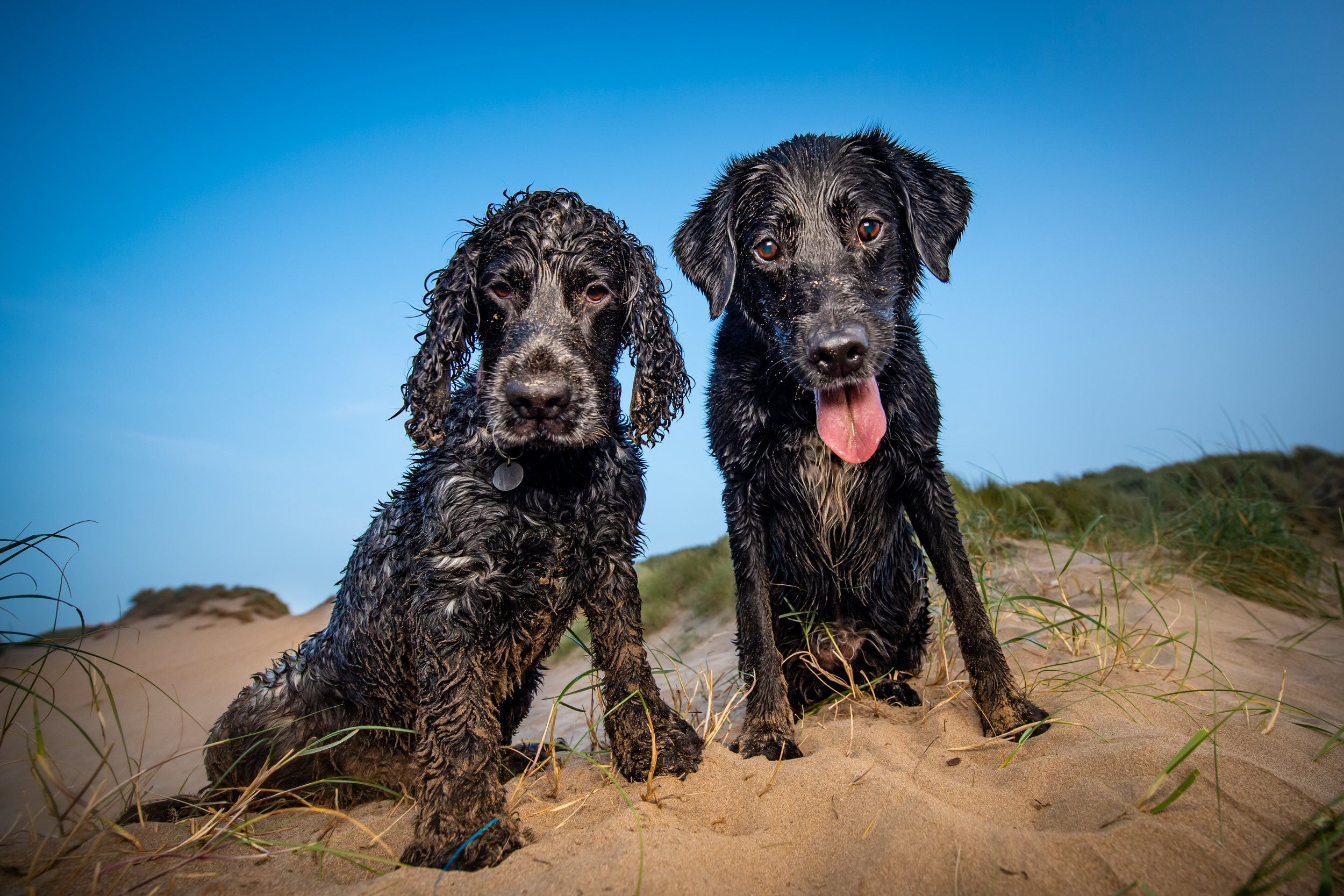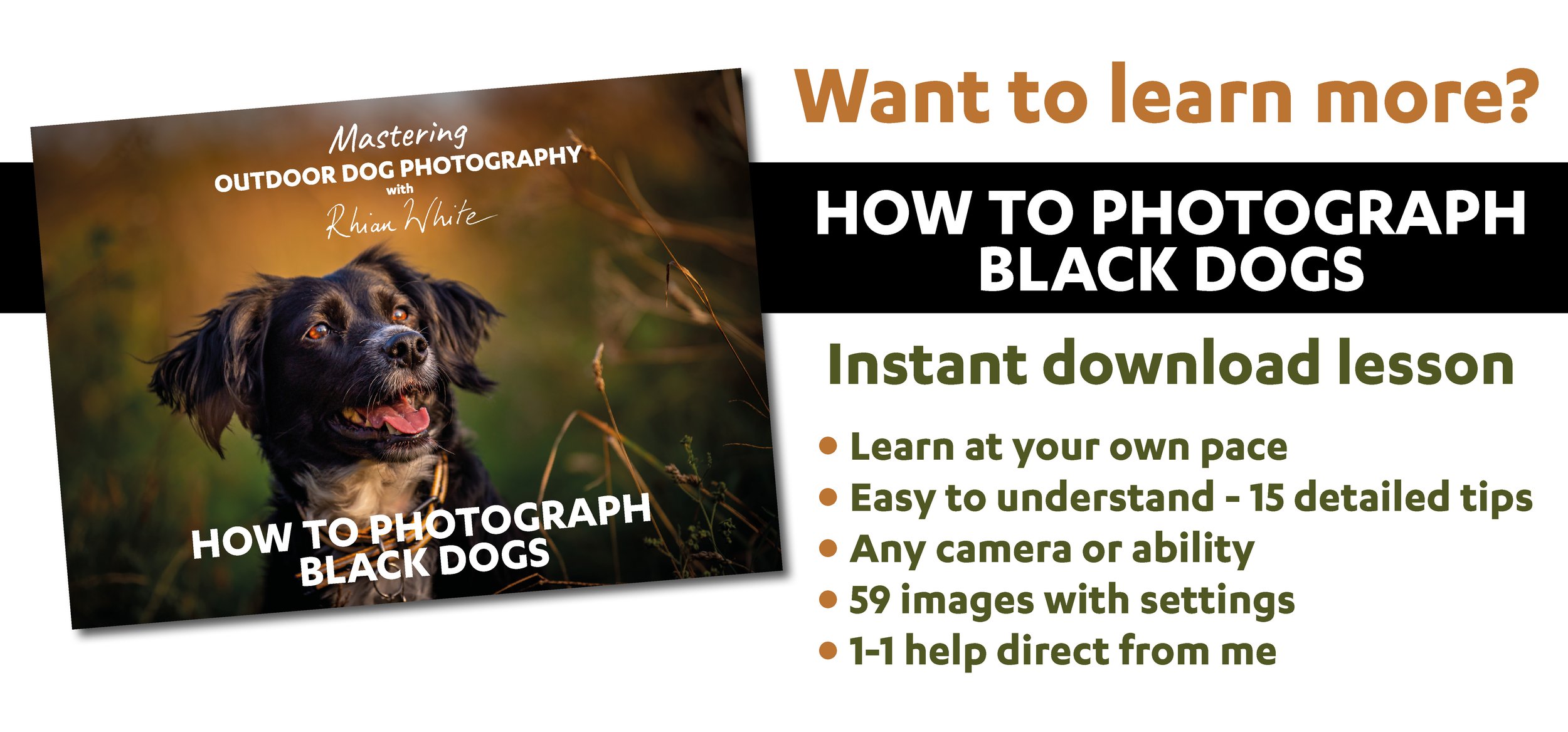Introduction:
We live in the era of smartphone photography, where snapping pictures has become second nature. But what do you do when your adorable furry friend avoids the camera lens like the plague? Many dog parents have experienced the struggle of trying to capture the perfect shot, only to be met with resistance, frustration or even fear from their canine companions. So, why do dogs seem to dislike having their photo taken? In this blog post, I will explore the reasons behind their reluctance and share seven tips to make your furry friend feel comfortable in front of the camera.
Respect their personal space:
Imagine having a giant camera lens pointing directly at your face – it would be quite intimidating! Dogs have a keen sense of personal space, and a camera can easily invade it. Respect their boundaries, and avoid getting too close too quickly. This is exactly what I do on photo shoots: I always use my 70-200mm lens first so I can be in the dog’s vicinity but not in their personal space, allowing them to gradually get to know me at their pace. Dogs also wonder what the Lightbox is on top of my flash - many times I have put it on the floor to let them sniff it before I use it.
Create a positive association:
Dogs, like humans, respond positively to rewards. Before starting a photoshoot, make sure your dog is in a happy and relaxed mood. Offer them treats, play their favourite game, or take them for a short walk. This will create a positive association with the camera and the process of taking photos. The location plays a key role in your dog’s enjoyment - take them somewhere they are comfortable, relaxed and will enjoy themselves. Don’t take pictures if you are stressed and if they don’t want to do it then let it go and try another time. Your energy will feed in to them. I always say if it’s not fun you’re not doing it right.
Familiarize them with the equipment:
Start by introducing the camera gradually and let them sniff and inspect it. The sight and sound of a camera can be unsettling for some dogs. Take the time to acclimate your furry friend to the camera by allowing them to see and hear it without taking any photos. Use treats and praise to encourage them to be near the camera until they feel more at ease with it. A camera phone is one thing but it is even harder if you have a big camera and huge lens. I have had dogs give me a wide berth - let them stay as far away as they need to in order to feel comfortable.
Milo was a bit nervous of me so I spent much of his photo shoot at least 20 feet away, capturing him having fun as he felt comfortable.
See things from their perspective:
Dogs must wonder what is going on when a strange person lies on the floor in front of them covering their face with an object they don’t understand - for clarity, this is how I get most of my action shots. I often put the camera away and let them see my face and I make sure to take off my sunglasses to help them read my facial expressions better. For the more nervous dogs I do not make much eye contact, stay relaxed and calm and allow them to come to me, if they want to. I always ask questions about what dogs will feel comfortable with and observe closely what they are happy about. I then tailor all that I do to reflect what they want.
Natural environments for candid shots:
Staging a formal photoshoot in a studio setting might not be the best approach for dogs - it’s certainly not a style I prefer. They might be bored or feel constrained. Instead, opt for natural environments where your dog feels more comfortable and at ease. Parks, beaches, or their favourite spots at home can provide a familiar backdrop for candid shots that capture their true personality.
Patience and gentle guidance:
As with any form of training, patience is key. Allow your dog to set the pace and avoid forcing them into uncomfortable poses. Use gentle guidance and positive reinforcement to encourage them to look towards the camera or stay still and if they don’t want to be still you’ll have to move with them. Remember that the best shots often come from candid moments when your dog is relaxed and simply being themselves. Also, play to the dog’s strengths - don’t make them do things they are not comfortable with. Instead, encourage and praise them for what they can do.
Being puppies in their garden Arial and Eric were quite distracted. But I allowed them to come and go as they pleased and after a while I encouraged them to come together for a titbit of something tasty. A couple of seconds later it was over. It’s so important to be fast when taking portraits.
Do not take too long:
The most important tip I can give is to NOT TAKE TOO LONG. I see people making their dog sit for a full five minutes while they snap away taking dozens of pictures of the same thing. They slightly change their angle, stop to change settings, mutter to themselves why it isn’t working and all the time their dog sits there waiting… and waiting. Then, to cap off the experience the person will then start going through their images to see what they have got and will completely forget about their dog, who gets no reward for sitting there for ages. Then the person wonders why their dog doesn’t like having their pictures taken. I can tell you it’s because it is boring, they are having no reward for their effort and you are taking FAR too long. Try this instead: plan your shot first, where you would like your dog to be. Take some test shots and fiddle about with the settings until you get it right. Then, when you are ready, try and get your dog where you want them to go. Take up to 10 seconds maximum to do it. Then give them the reward, whether that is a treat, ball or praise - do that first, let them go and then, and only then, check your images. If you didn’t get it quite right you can try again. I’m sure you’ll see the difference over time if you do it this way.
Conclusion:
Understanding why dogs don't like having their photo taken is crucial to ensure a stress-free and enjoyable experience for both you and your furry friend. By respecting their personal space, creating a positive association with the camera, and familiarising them with the equipment, you can help your dog feel more comfortable in front of the lens. Choosing natural environments and exercising patience and gentle guidance will further enhance the likelihood of capturing the perfect shot that showcases your dog's unique charm and personality. But most importantly change your mindset so you can see the situation from your dog’s point of view - make it interesting, fun and quick. So, grab your camera, follow these tips, and get ready to capture those priceless moments with your beloved canine companion!
Follow my steps to helping dogs enjoy having their photo taken:
Take them somewhere they will be relaxed and can have fun
Let them have fun, sniff, run and play. Don’t try taking portraits straight away.
Plan your shots, test your settings. Bring your dog in when you are ready.
Be quick, take only a few seconds. If they don’t look at you (if that’s what you want) praise them, let them go and try again in a while.
Be calm and patient and always think how it is for your dog. Put them first and your pictures second.
Don’t make a walk all about pictures. This is their time, let the majority of your walk be about them doing what they want, not about sitting posing.
Play to their strengths. Don’t make them do anything they don’t want to do.
Want to learn more about motivating dogs for dog photography?
Download my “Motivating Dogs” lesson today - it is from my 20-lesson course “Mastering Outdoor Dog Photography”. You will learn about managing expectations, timing, location, reflecting the needs of individual dogs, planning, strategy, helping nervous dogs and much more!




















